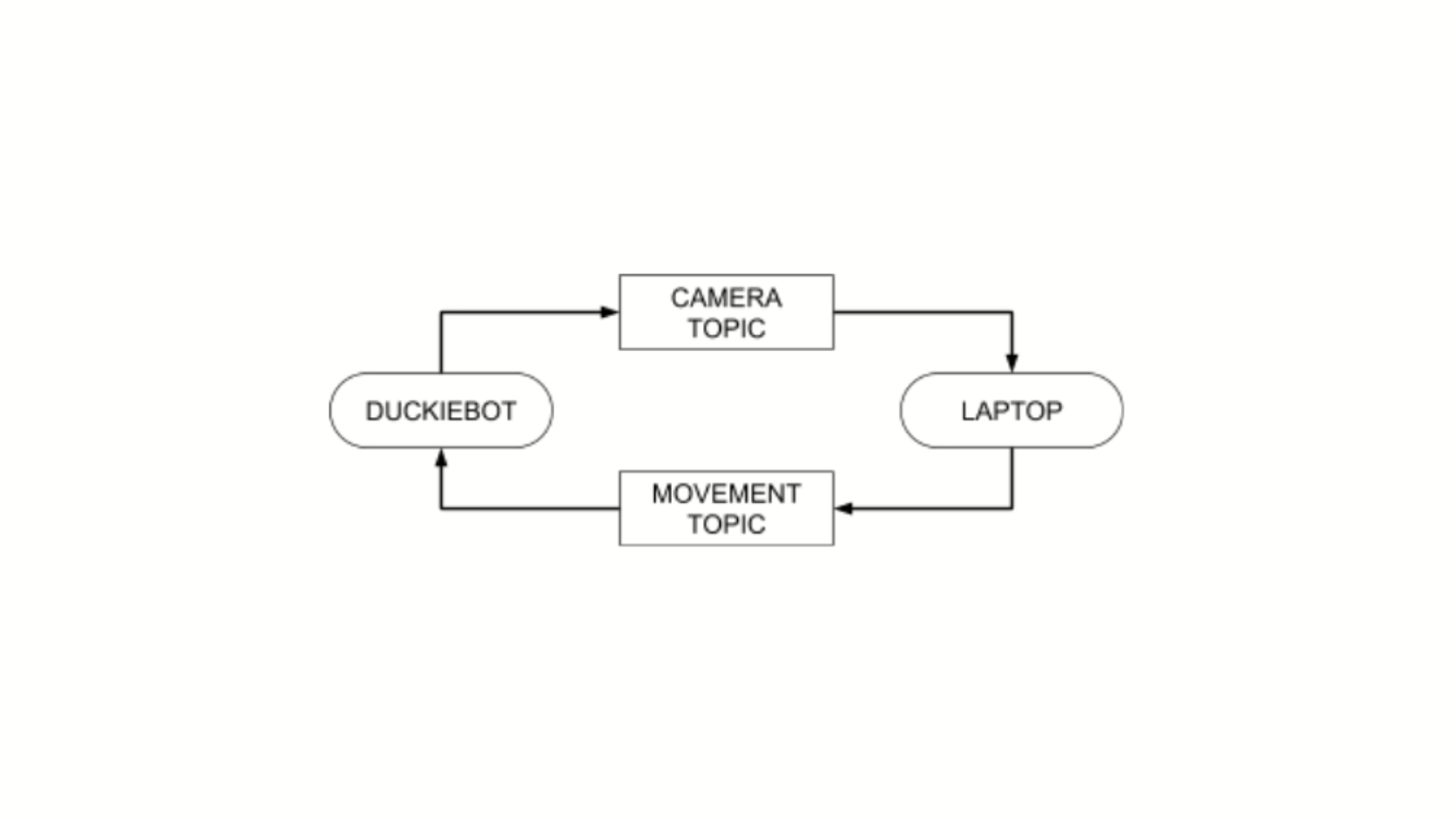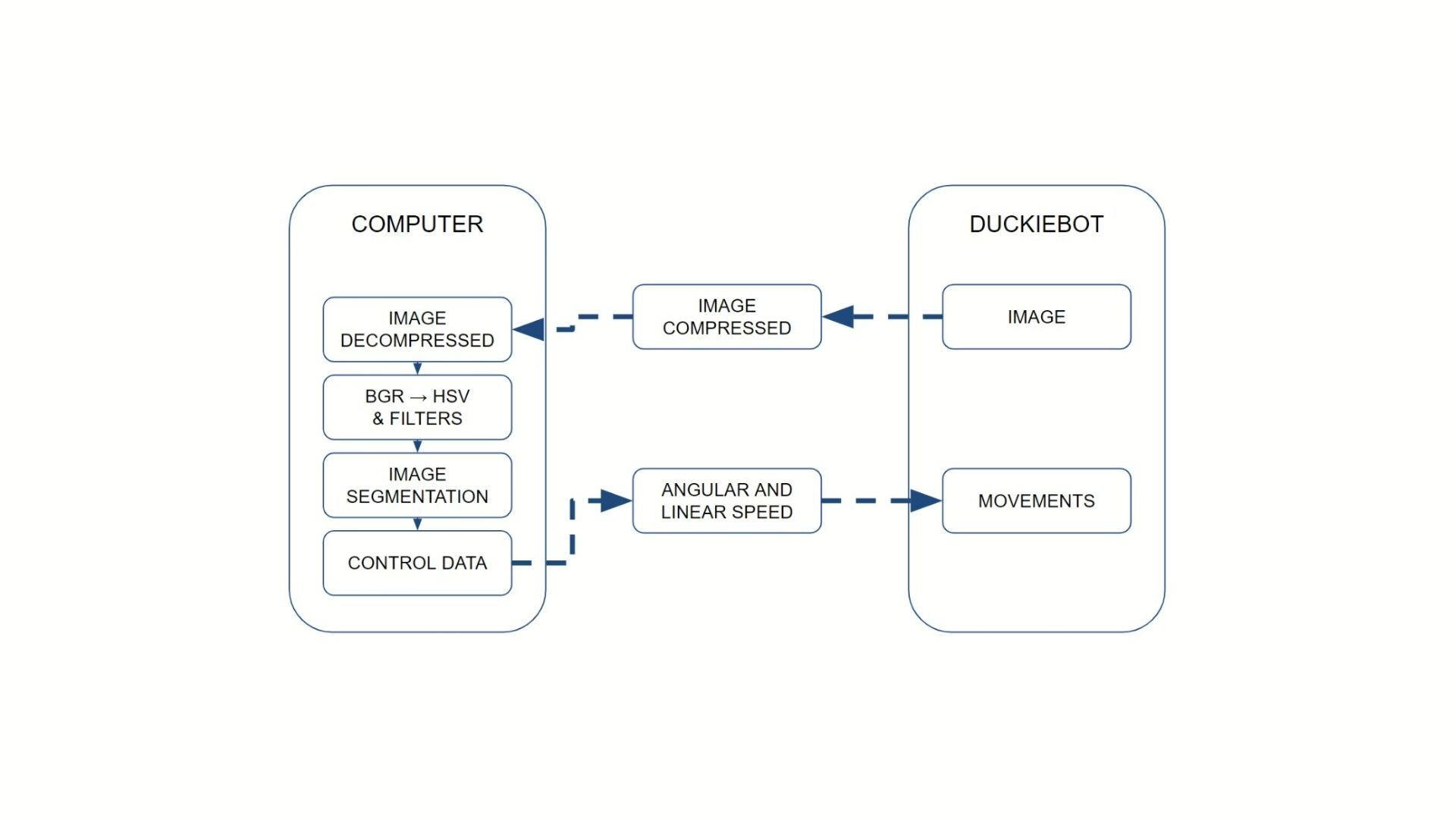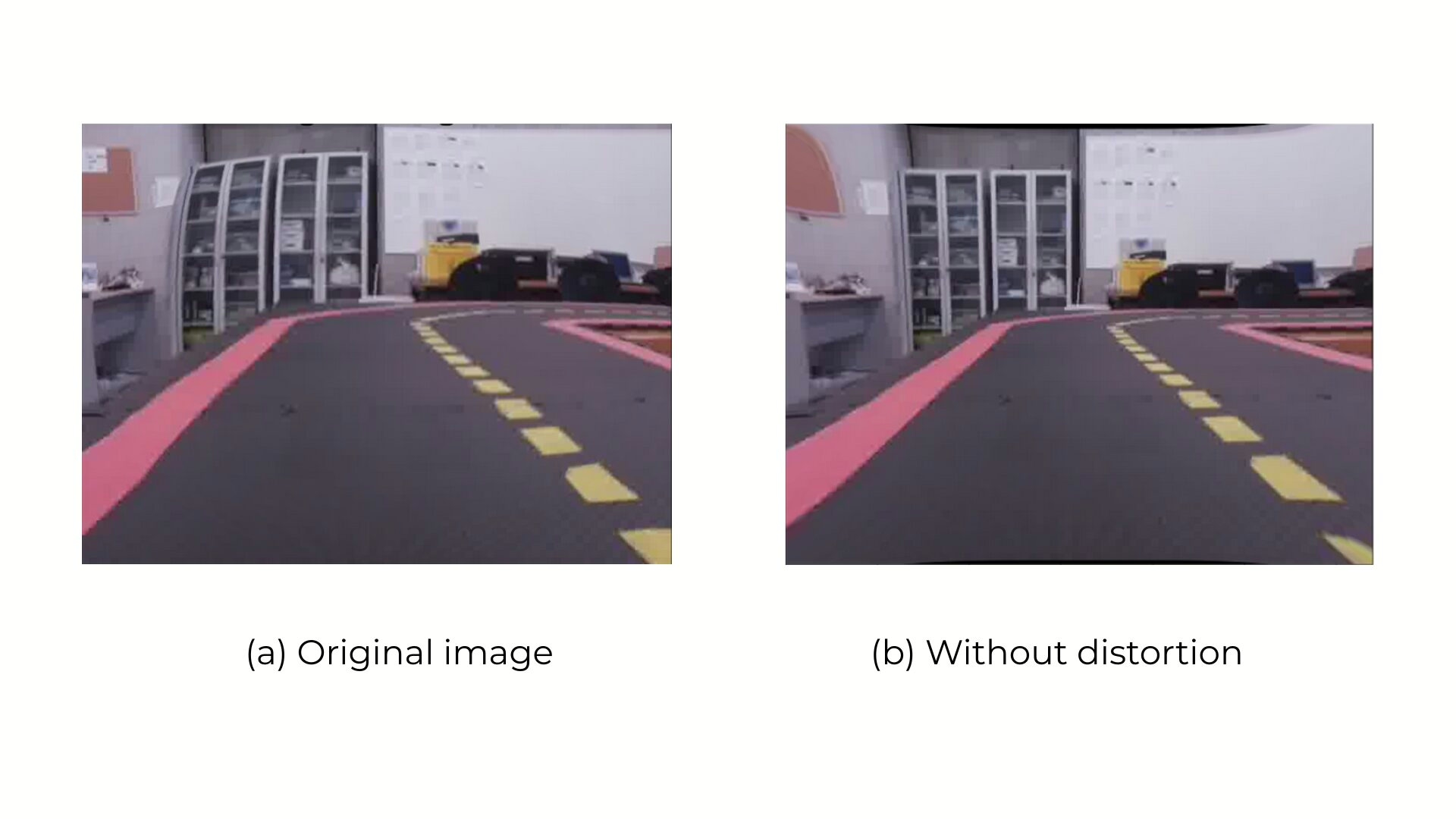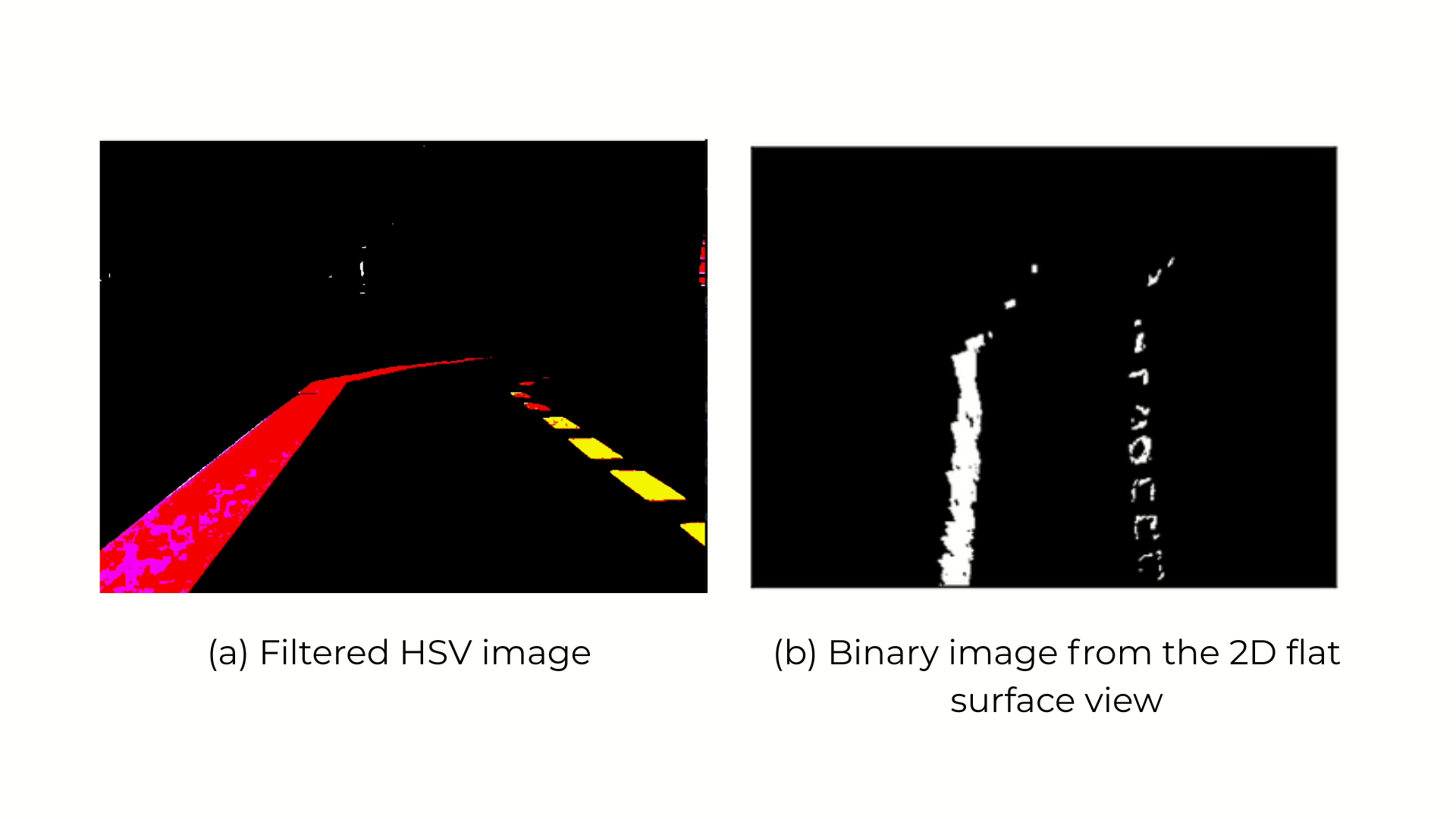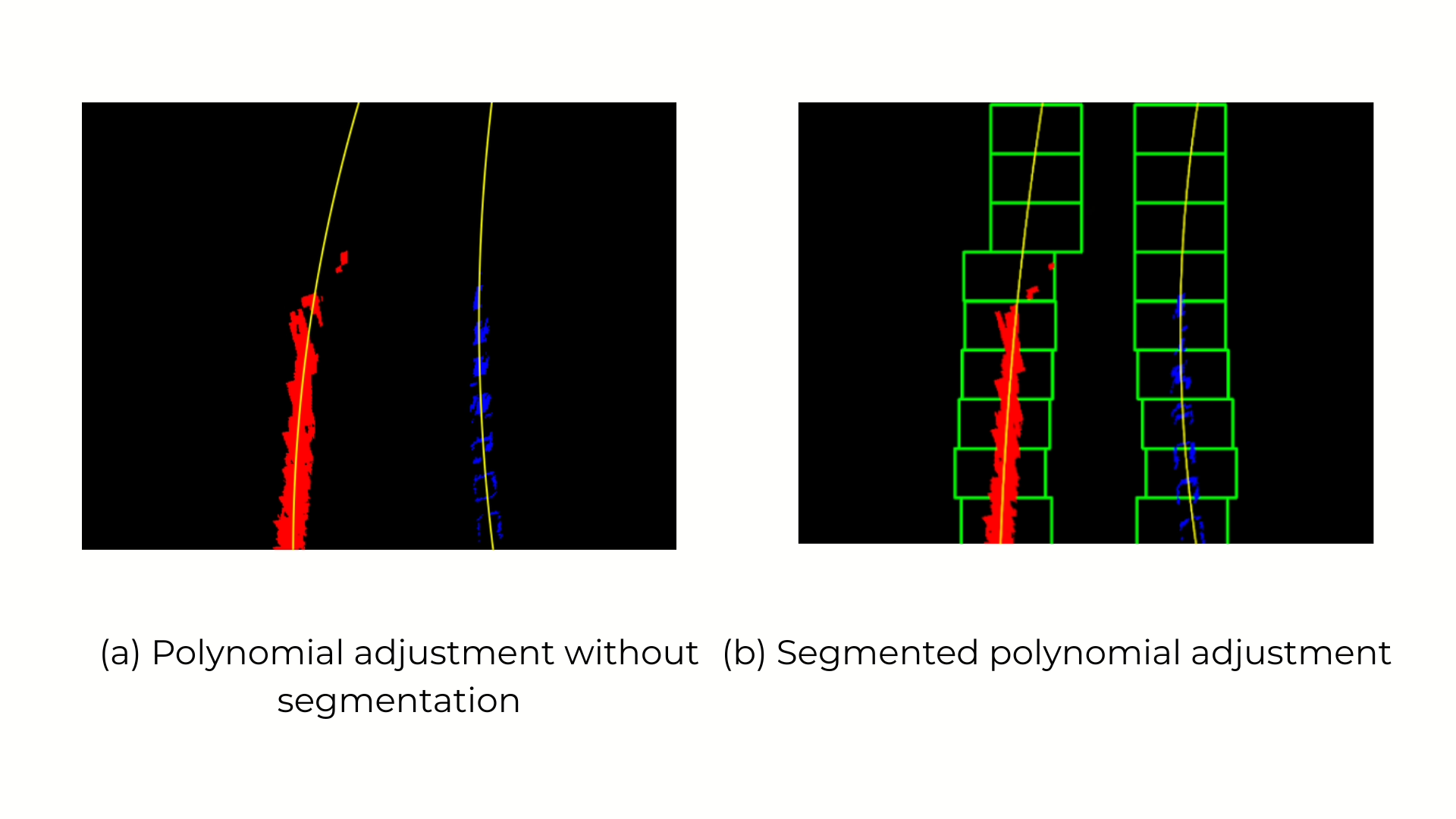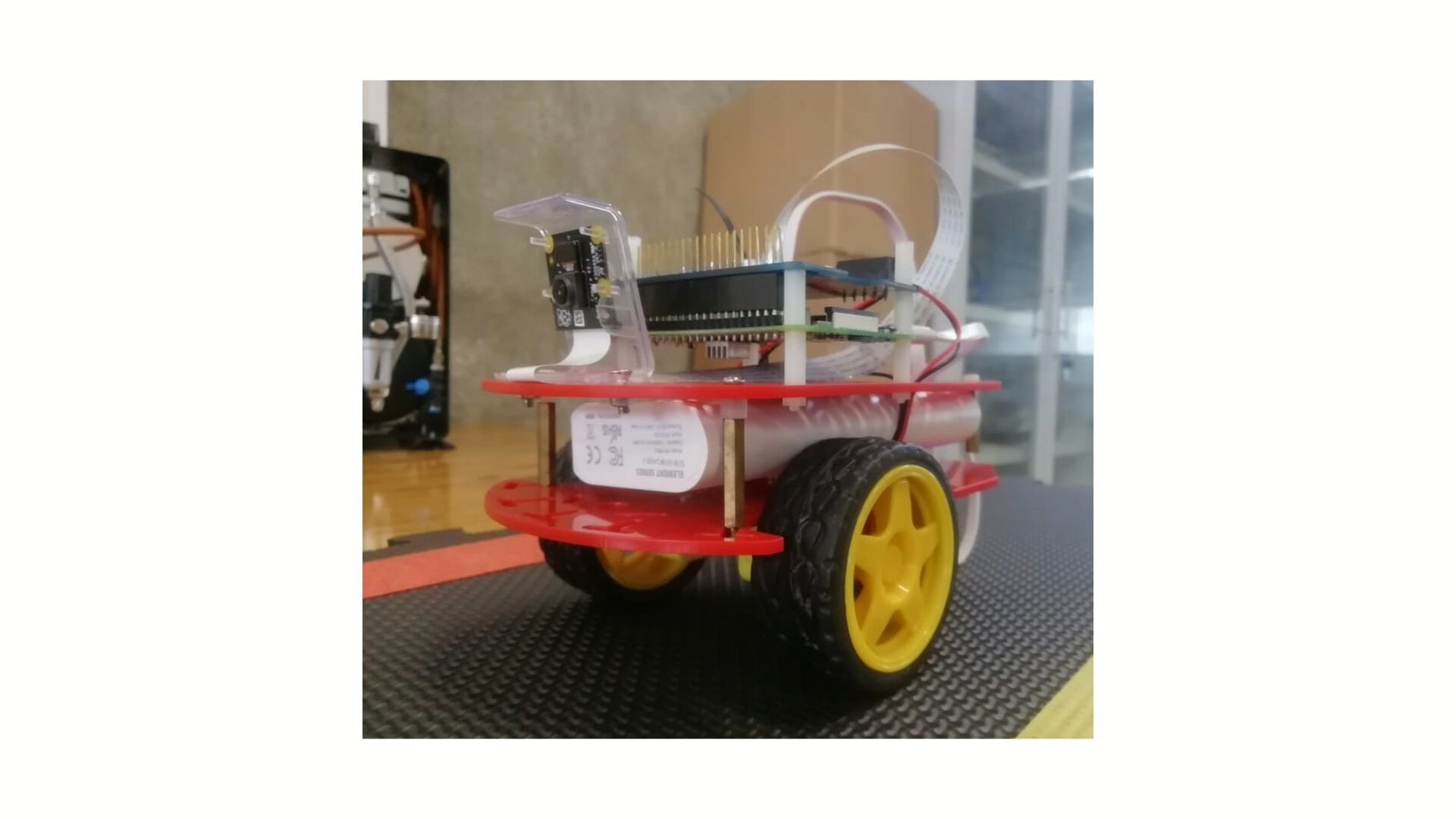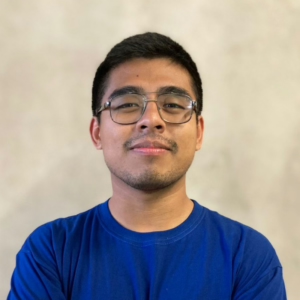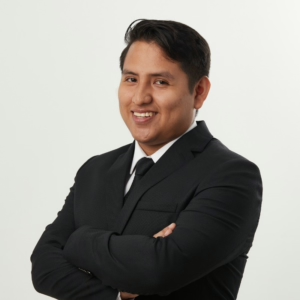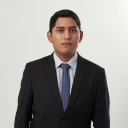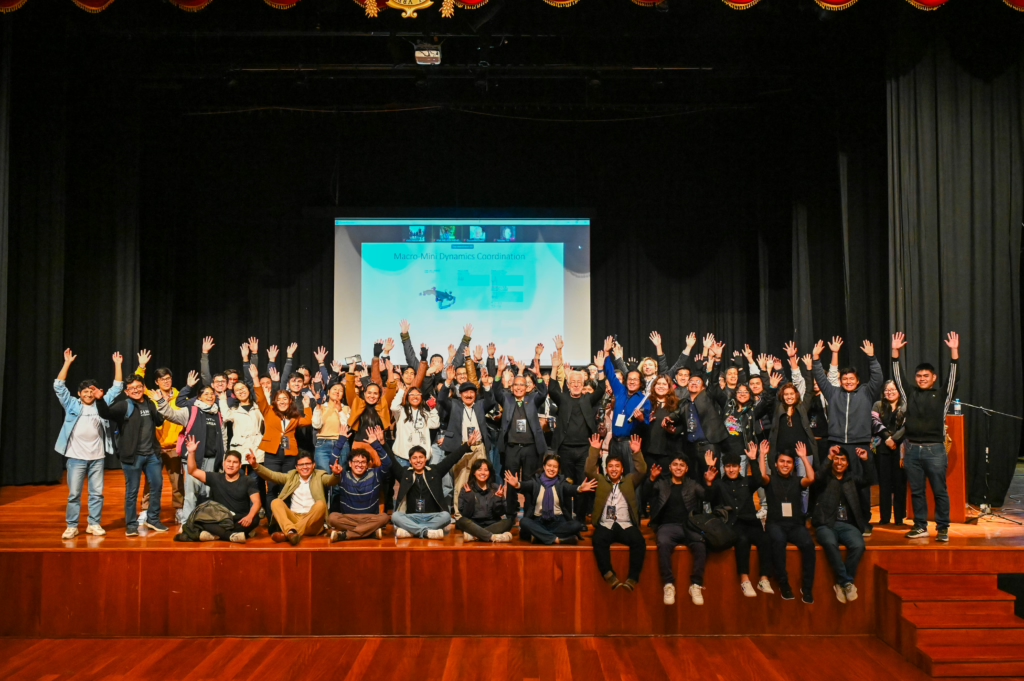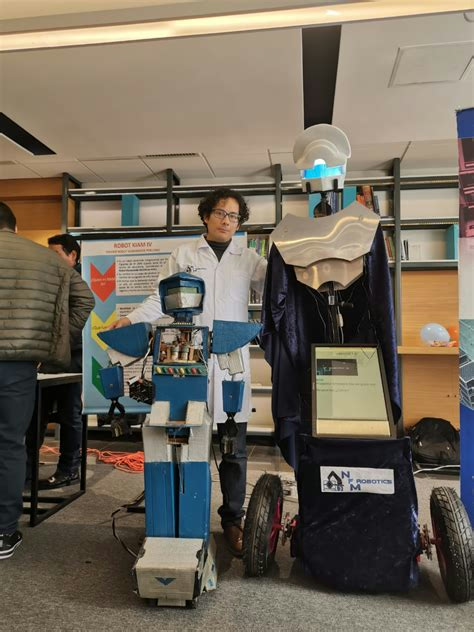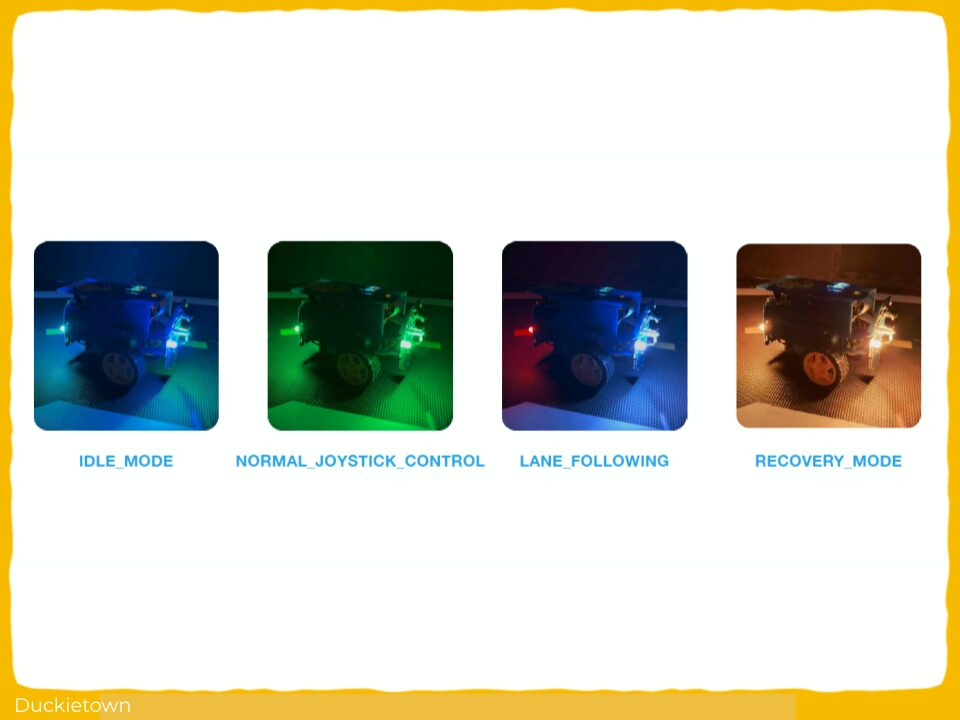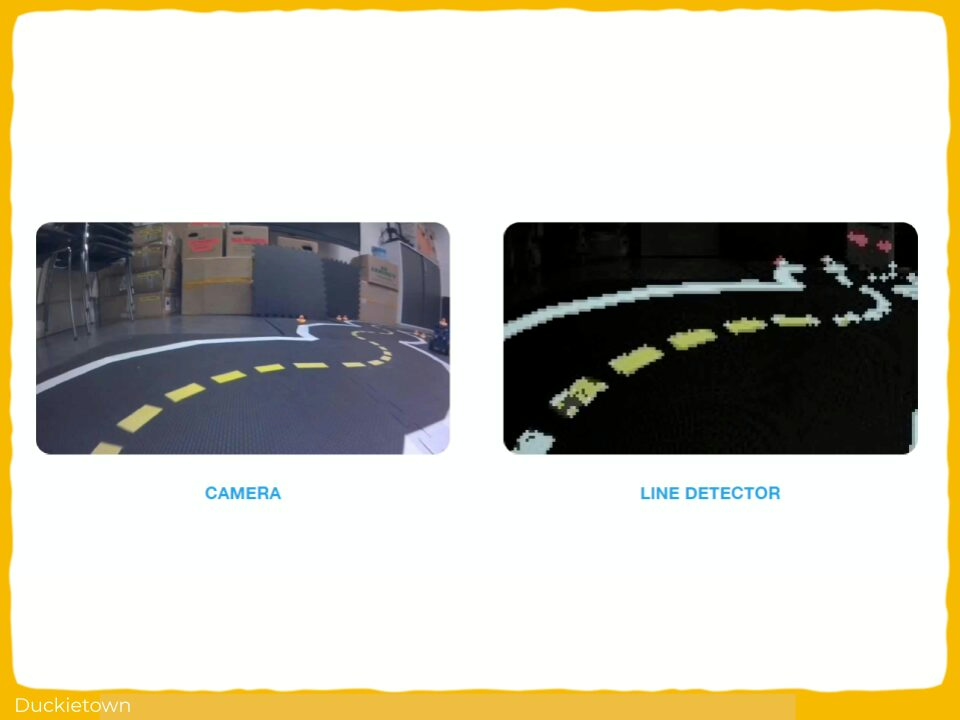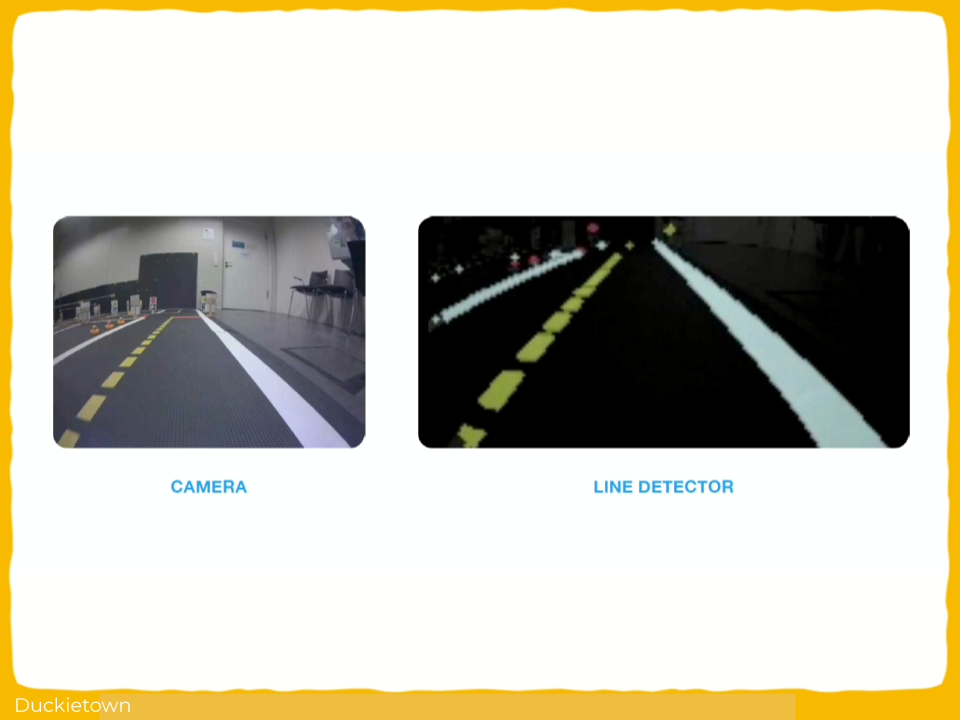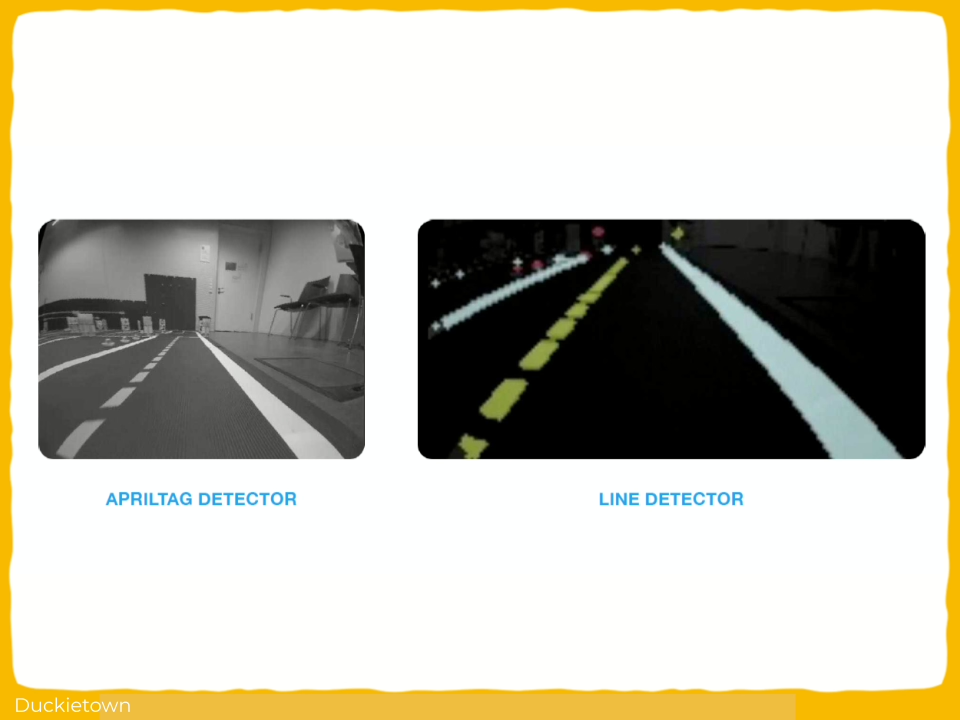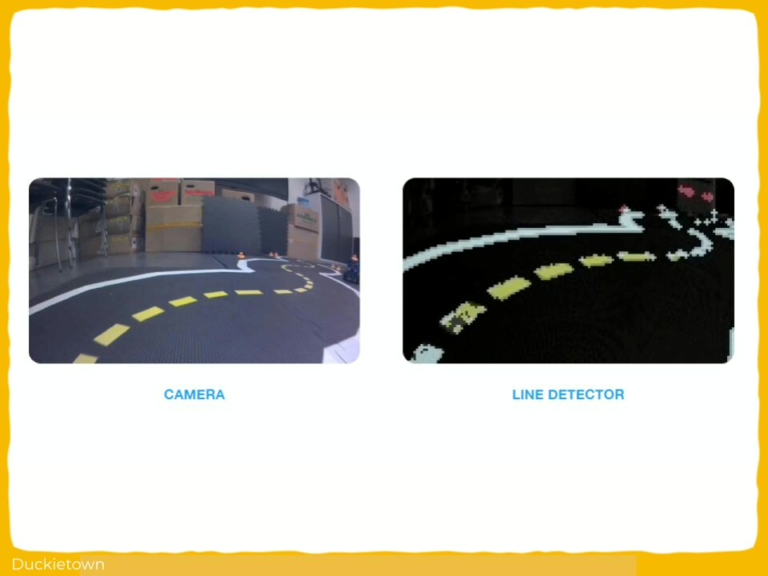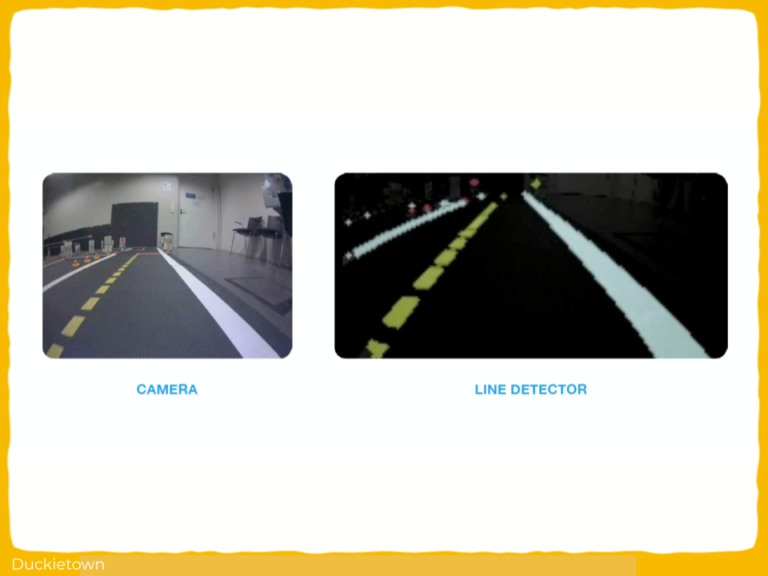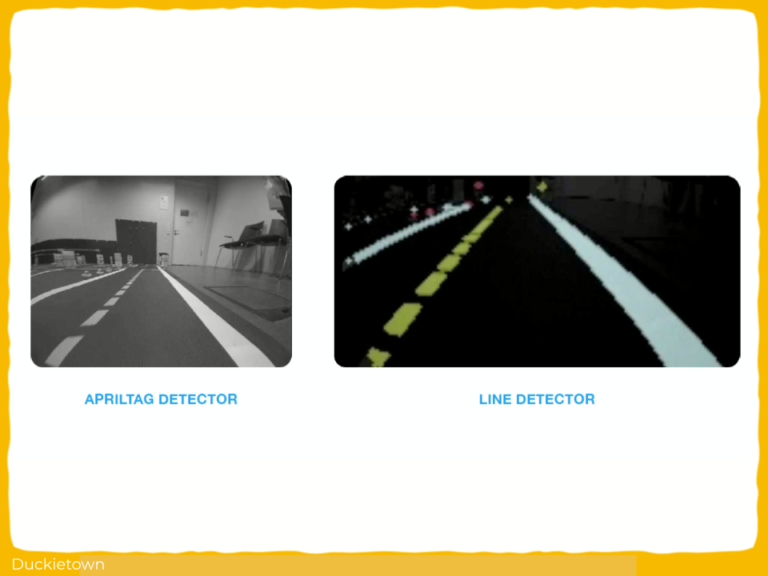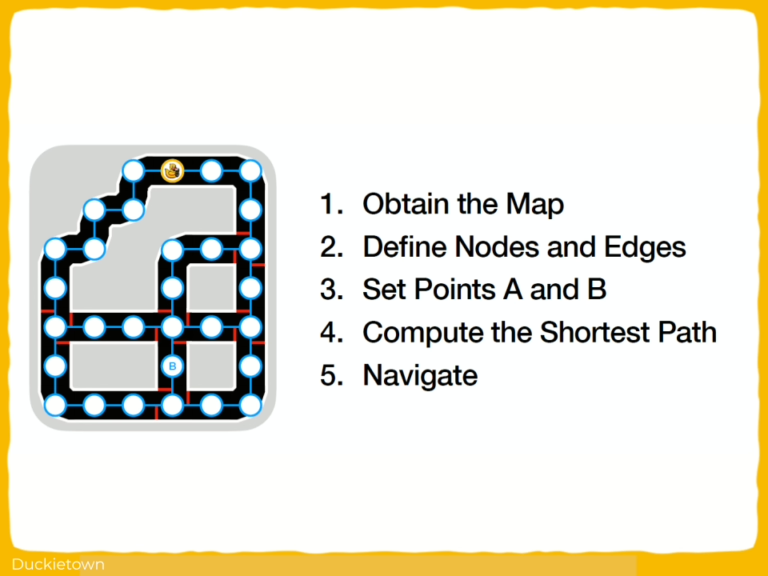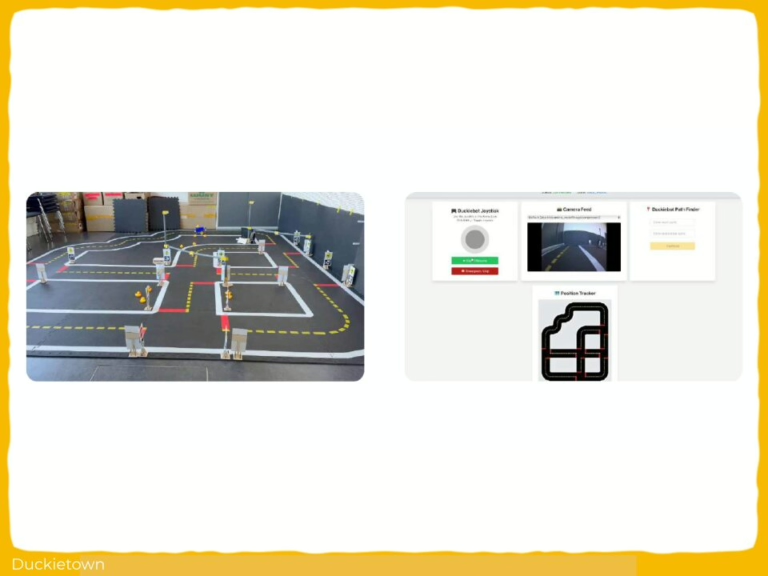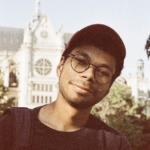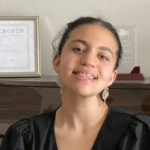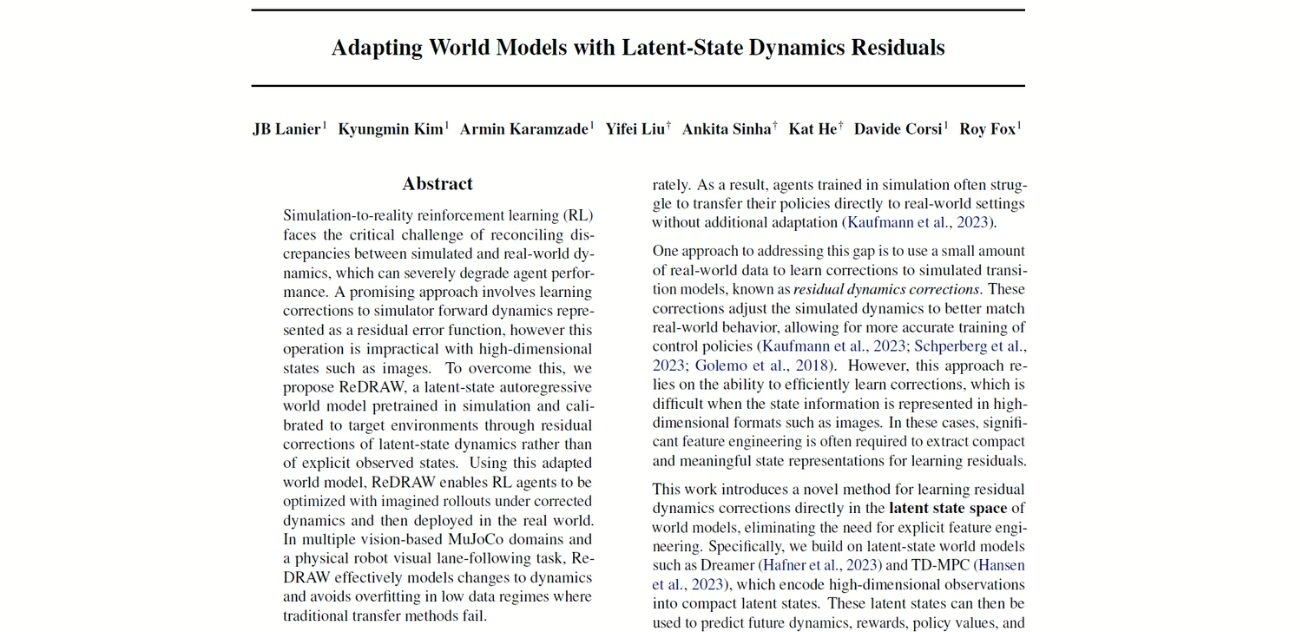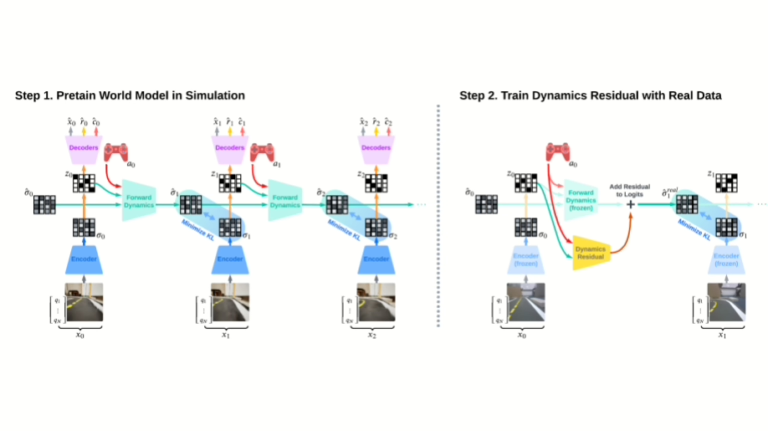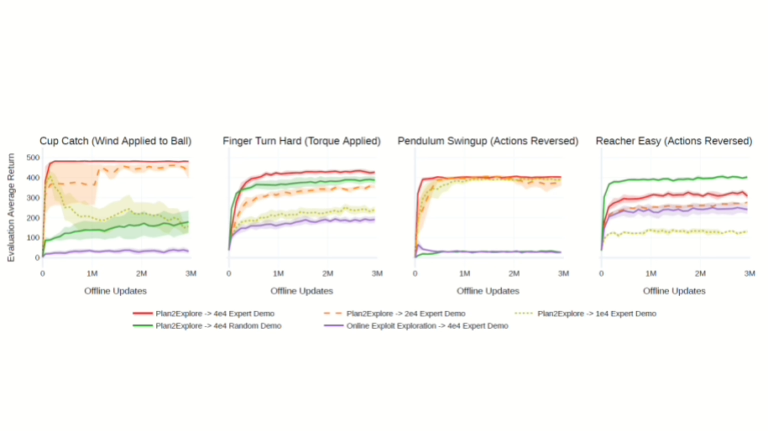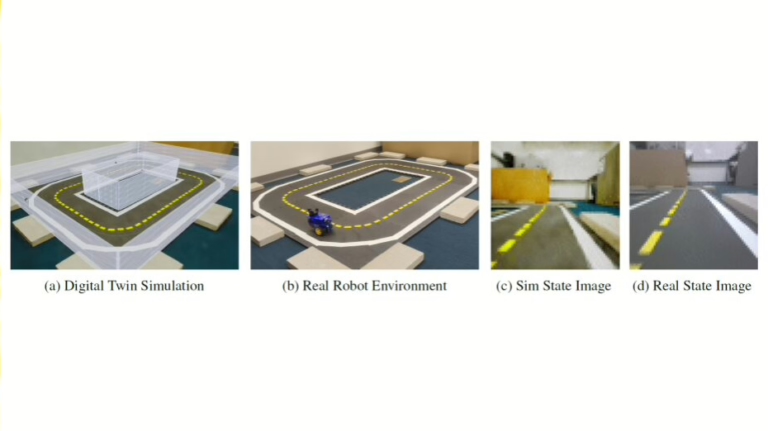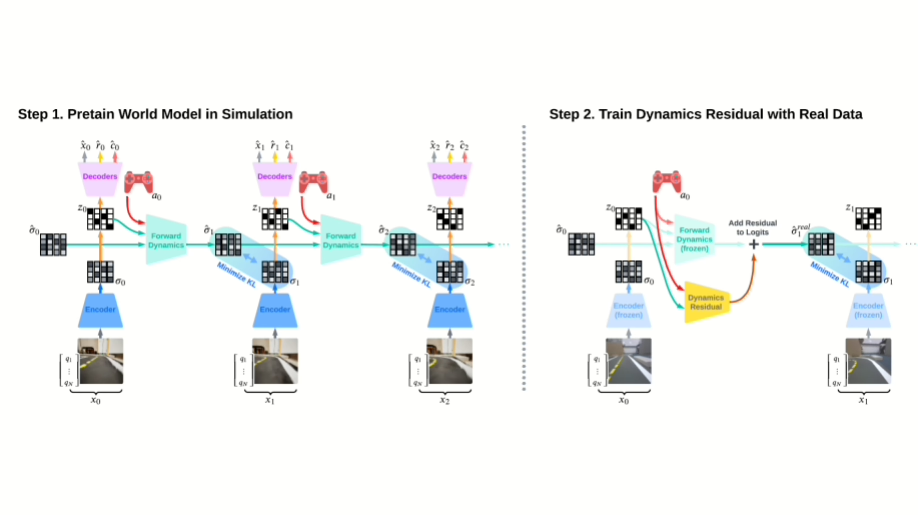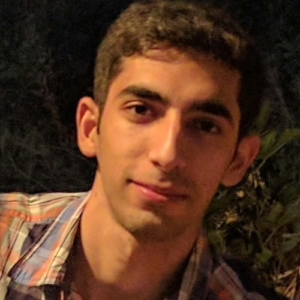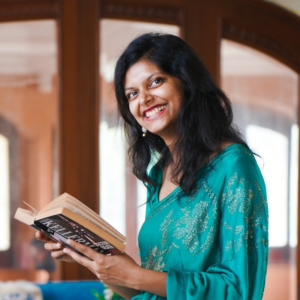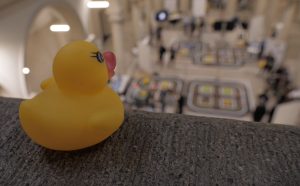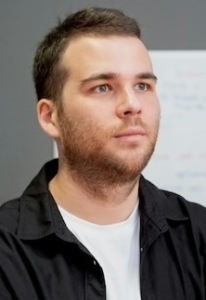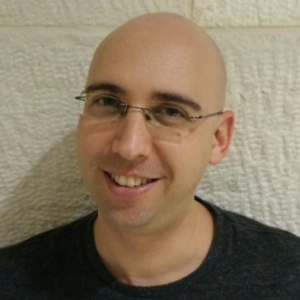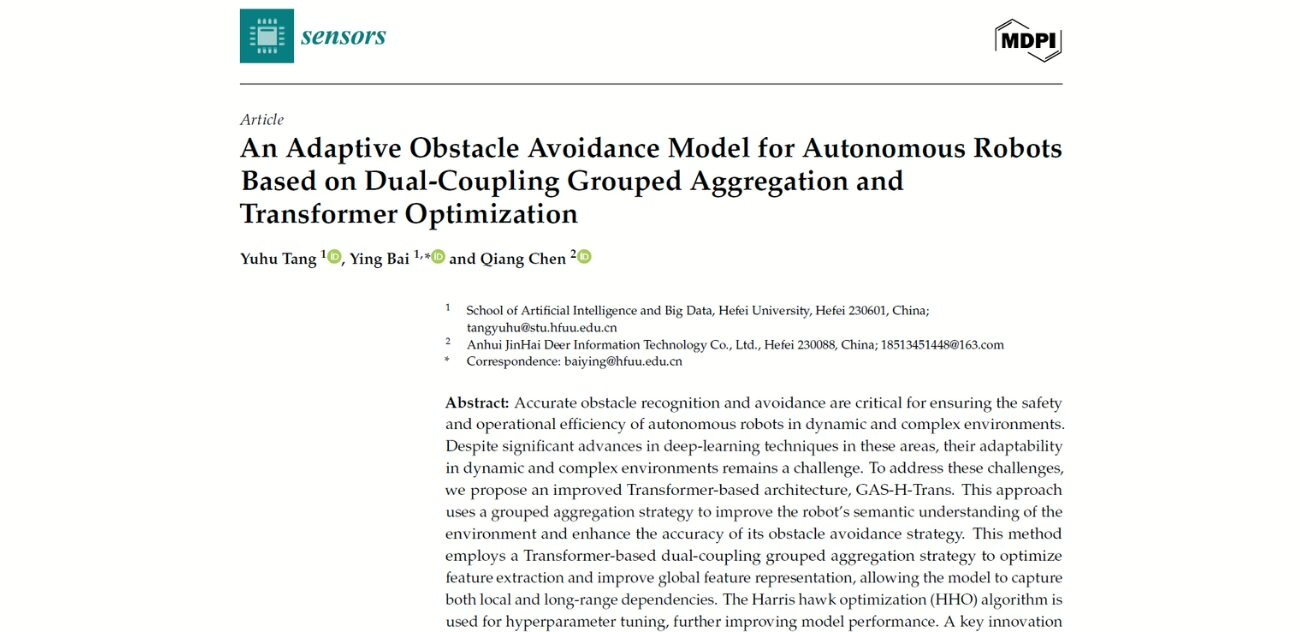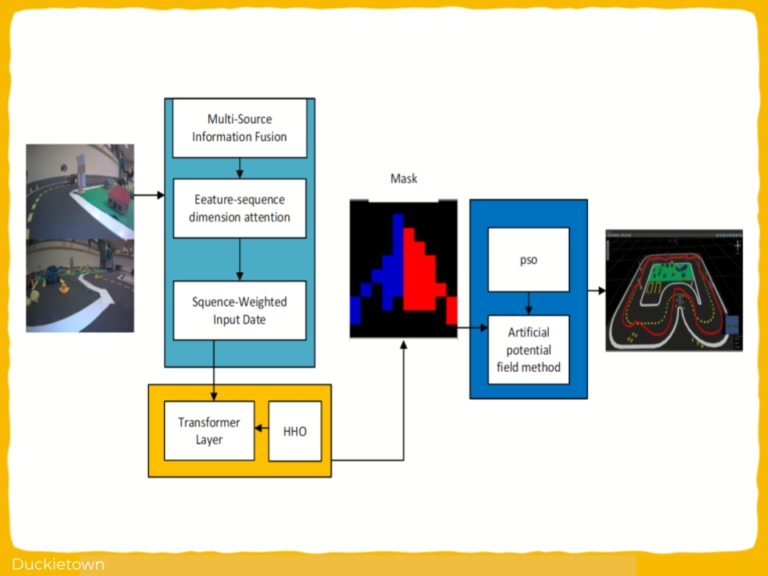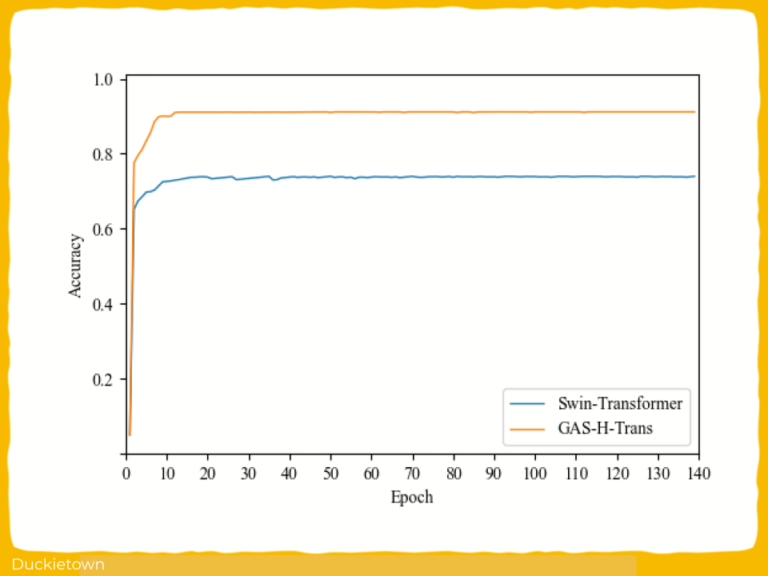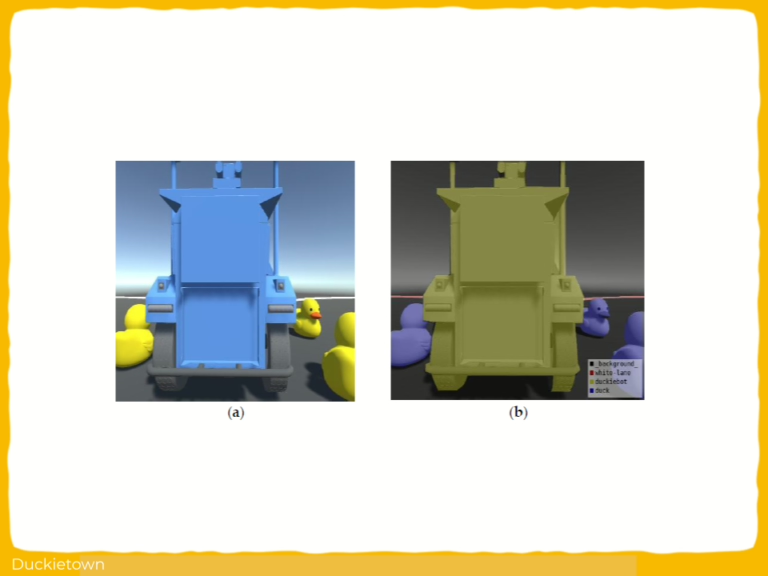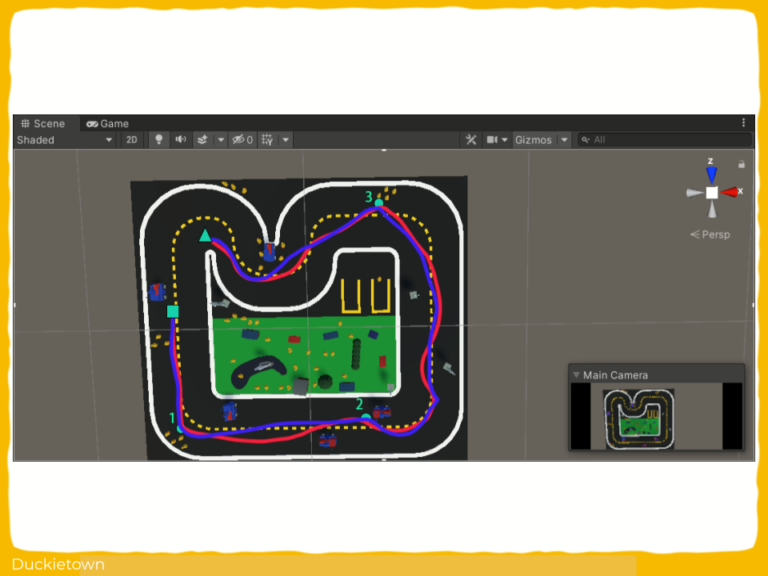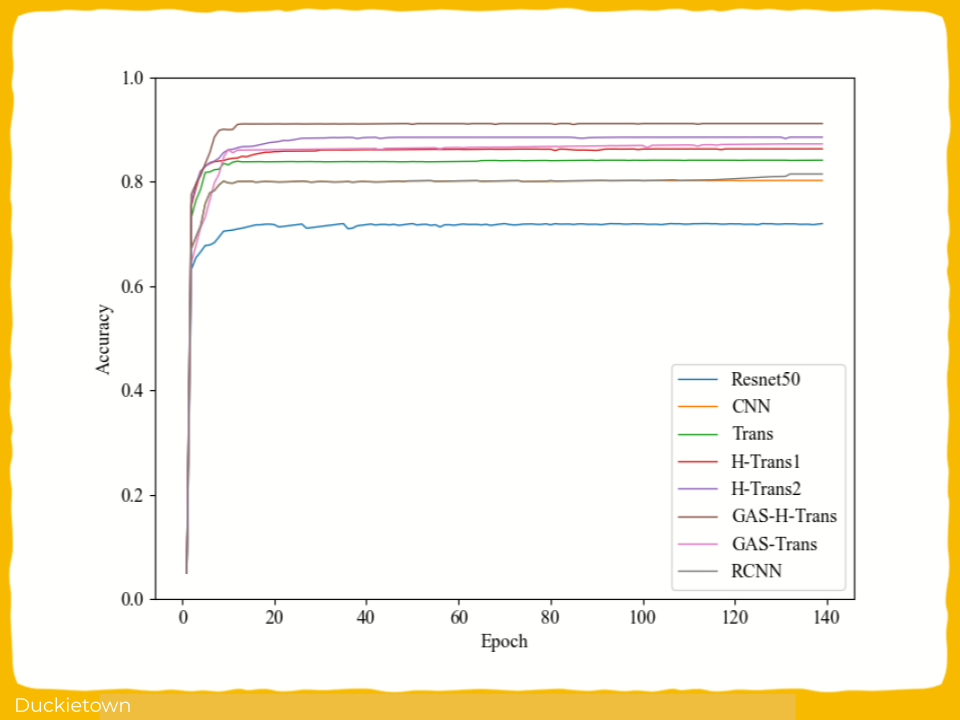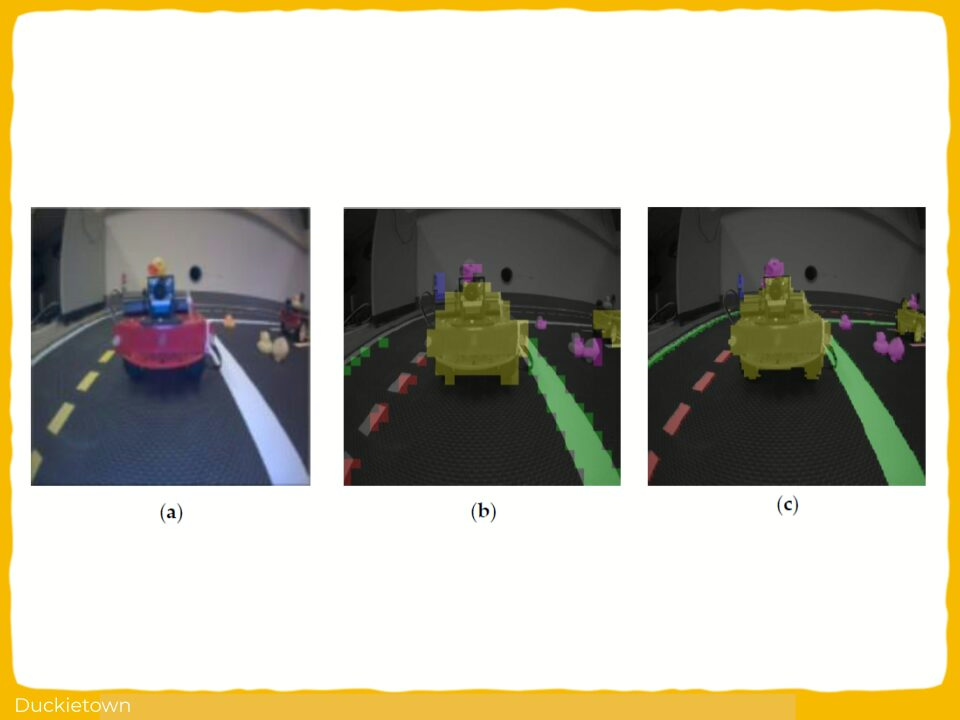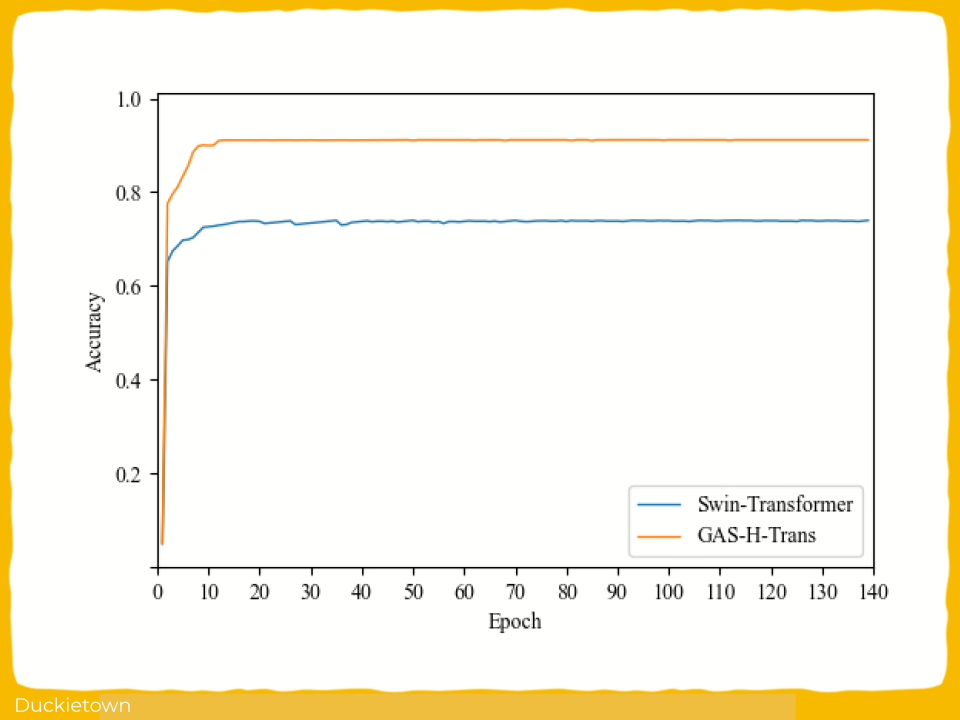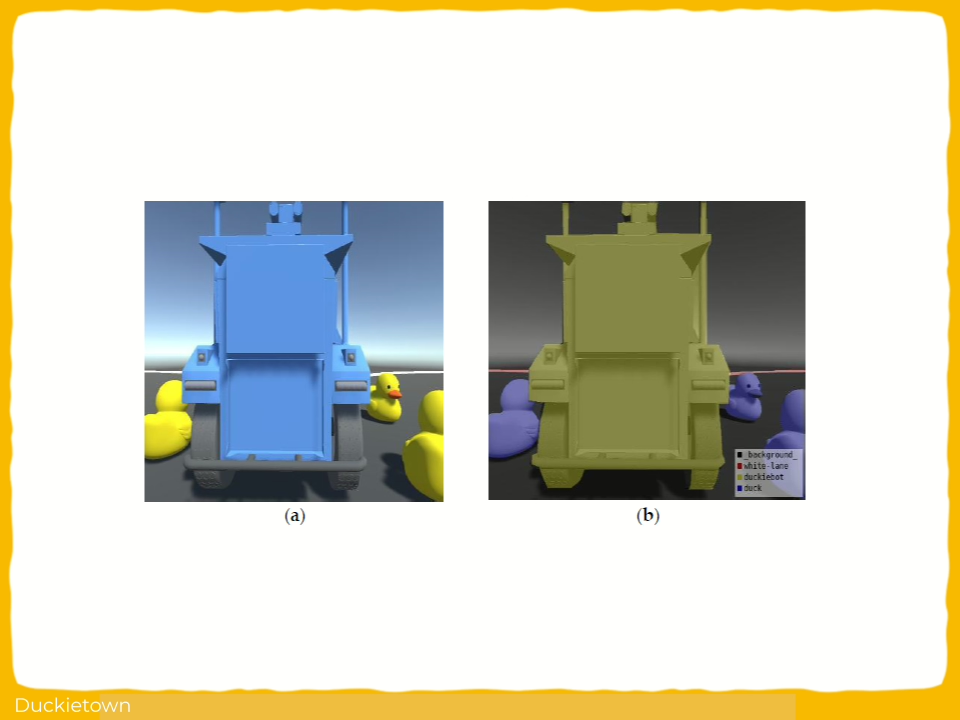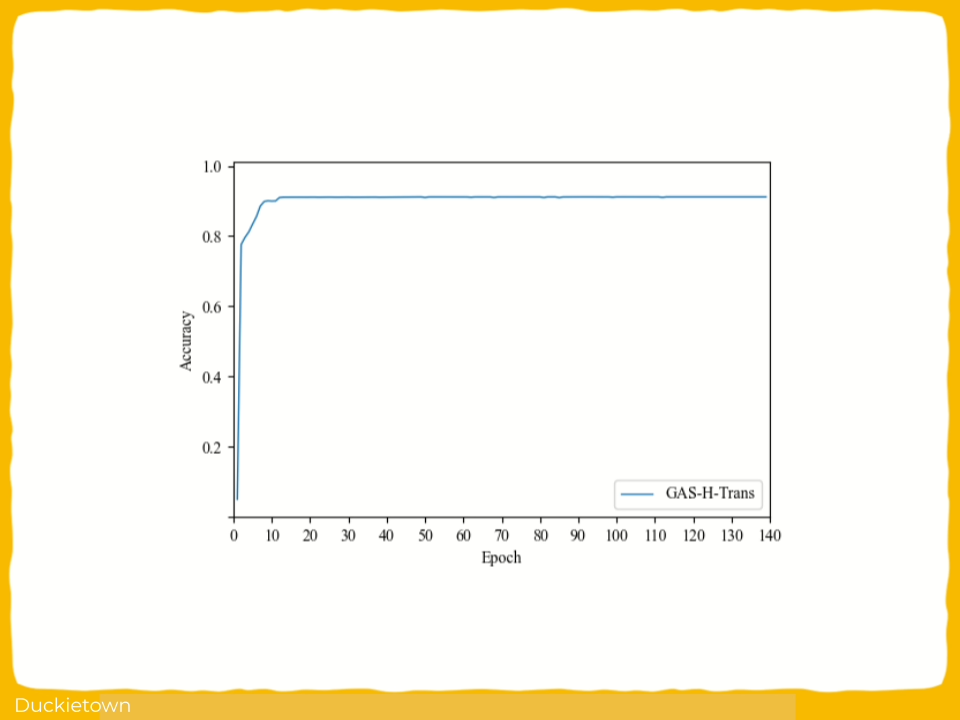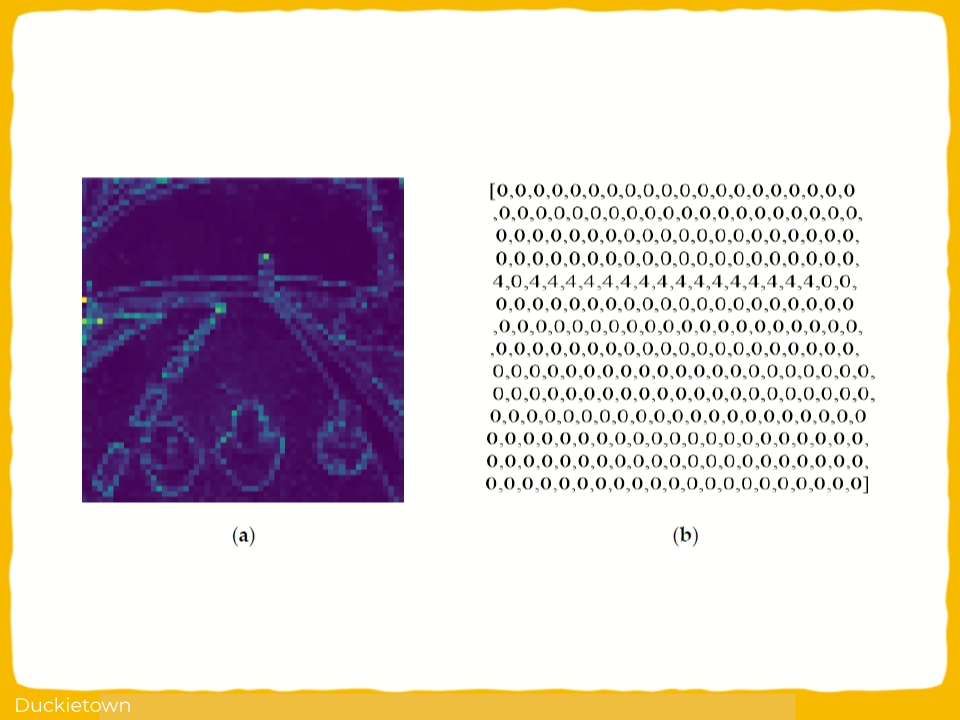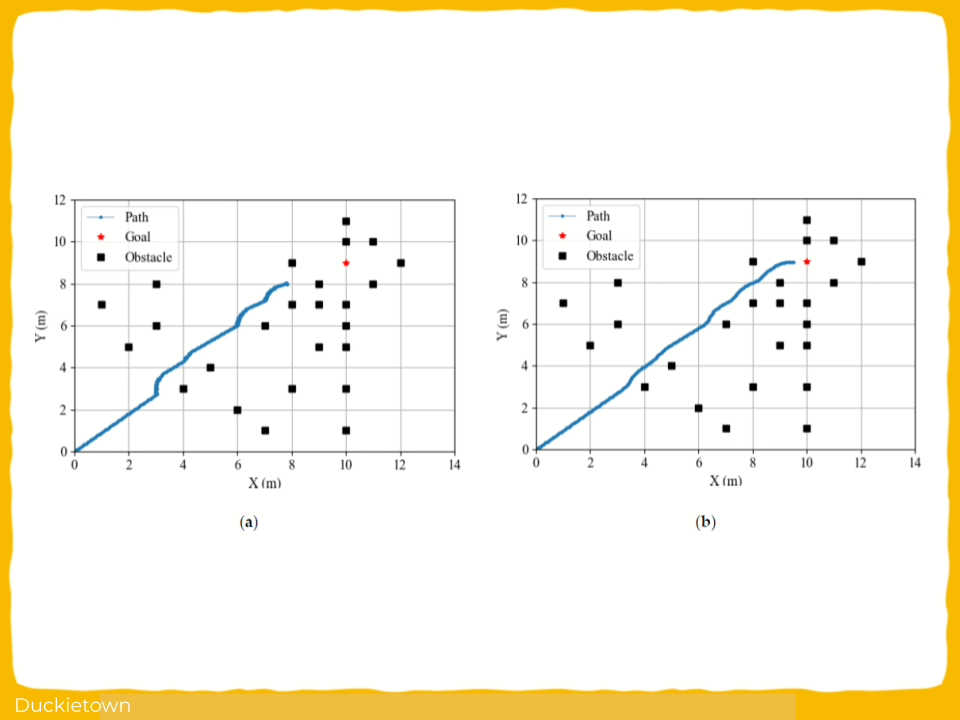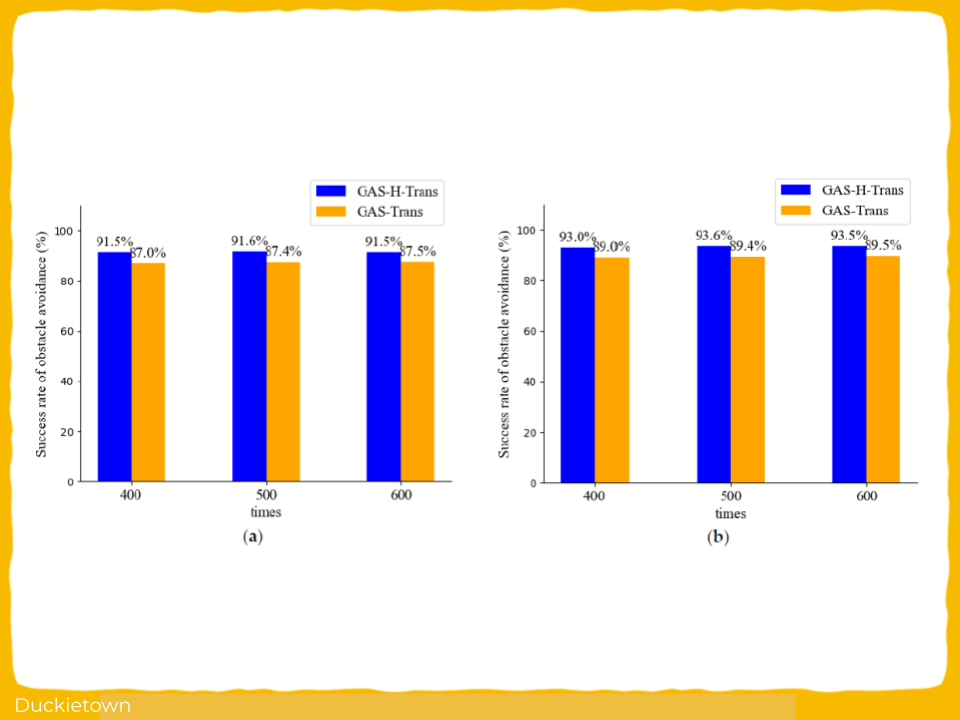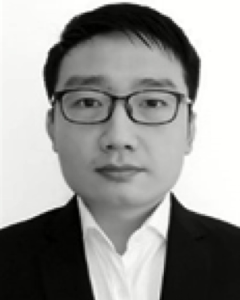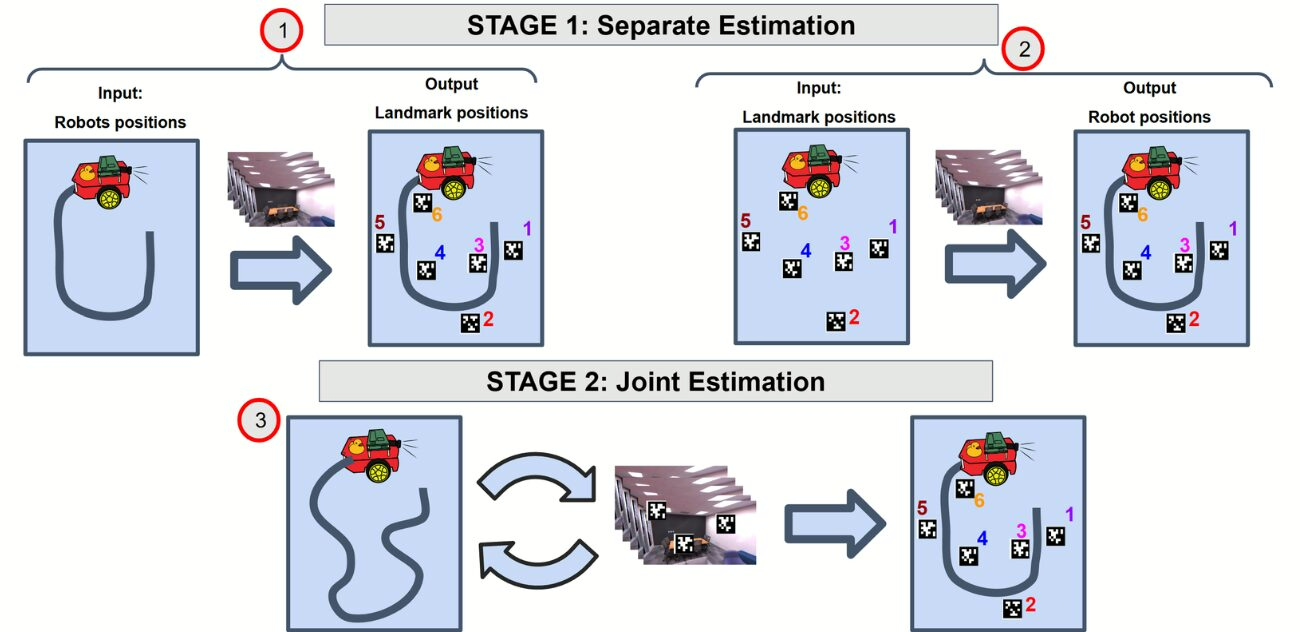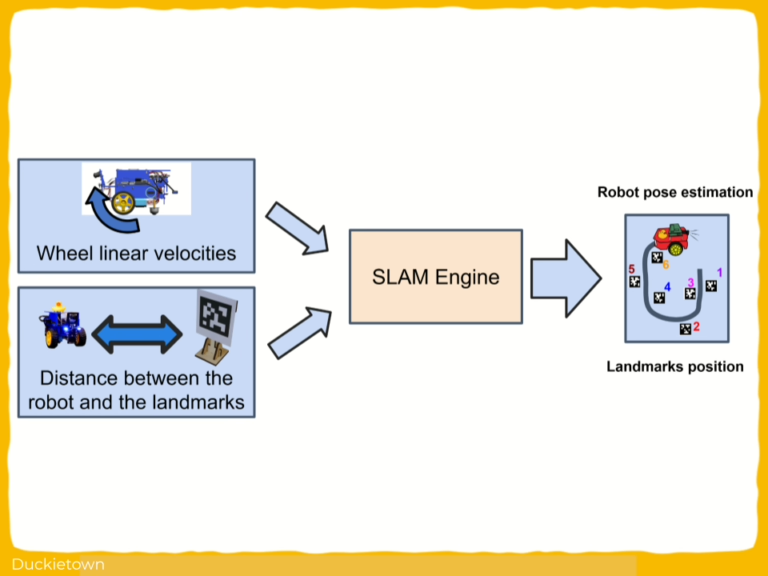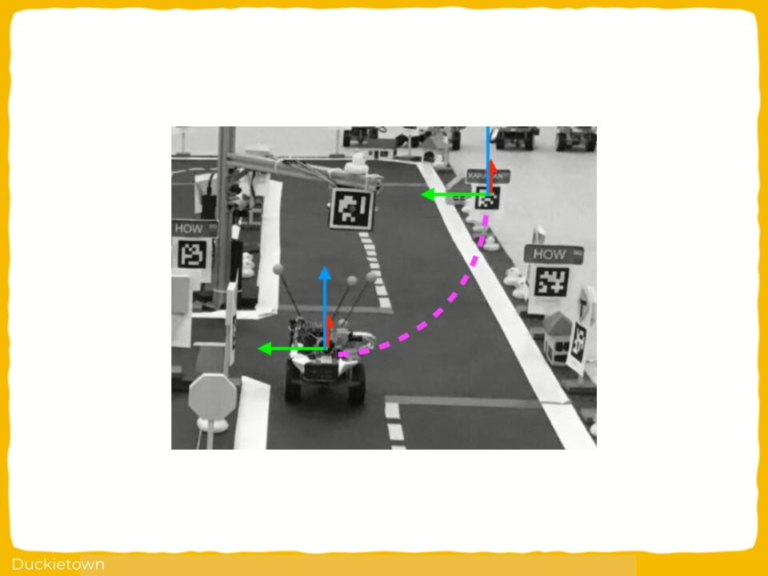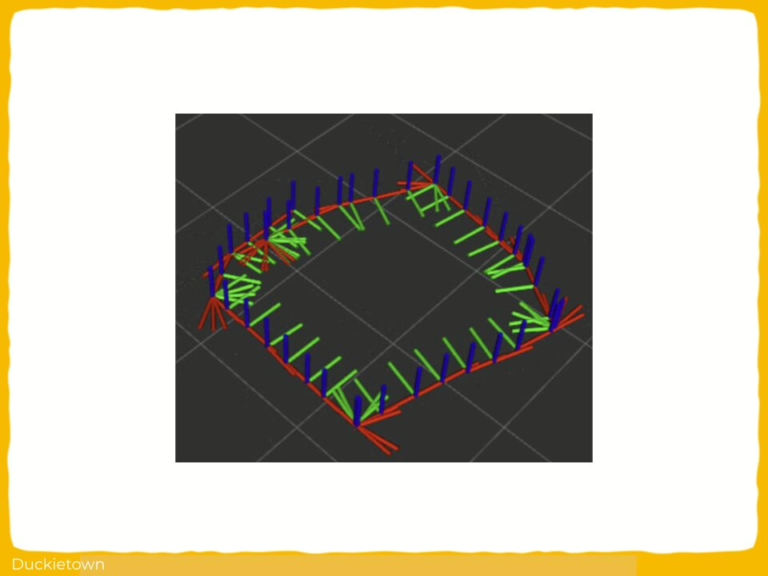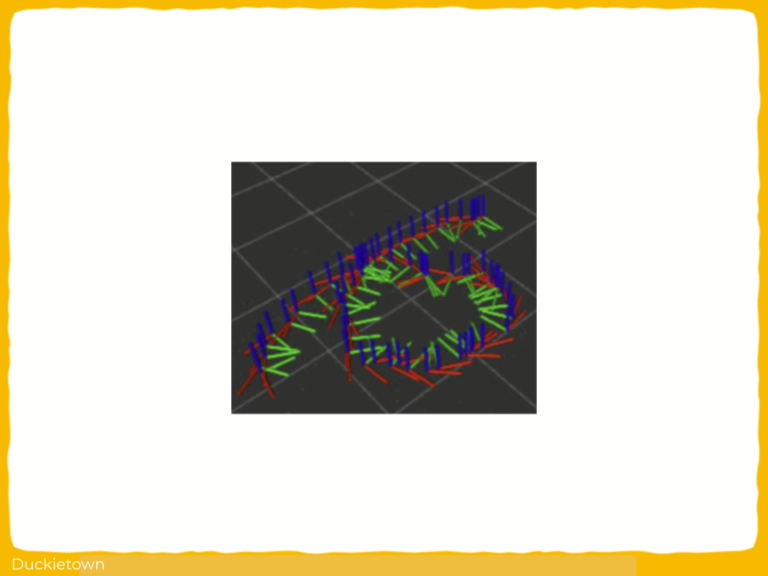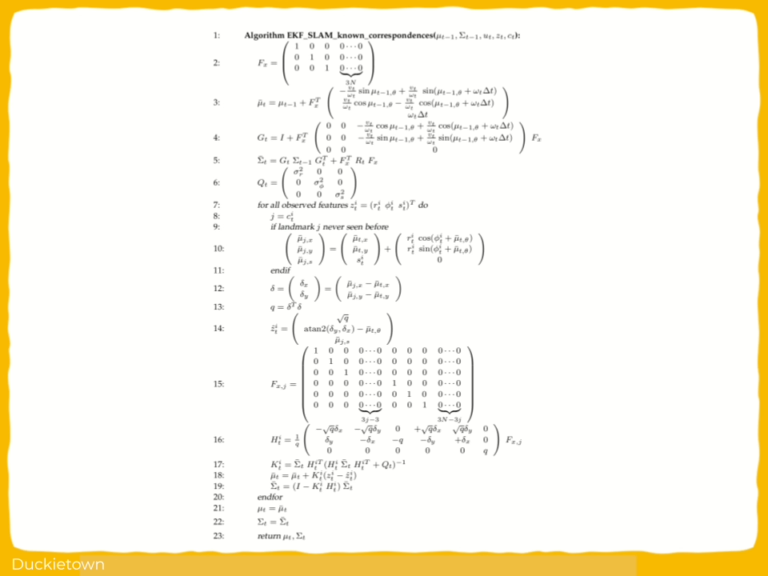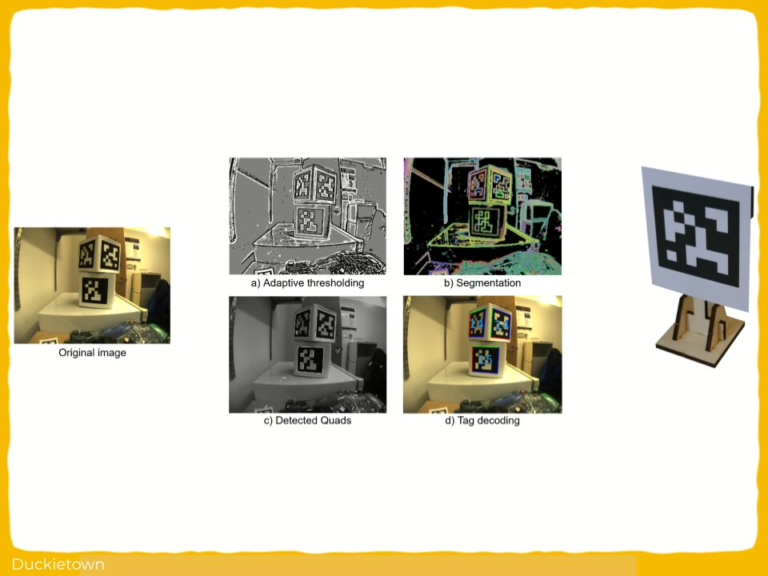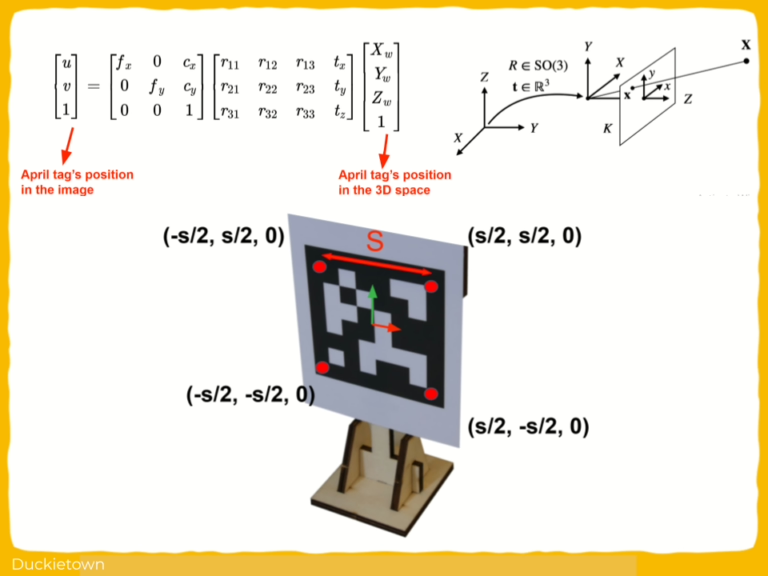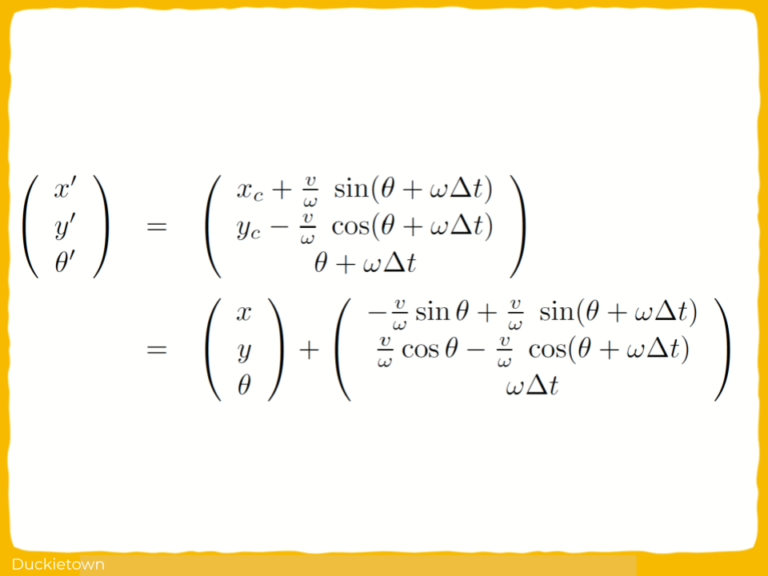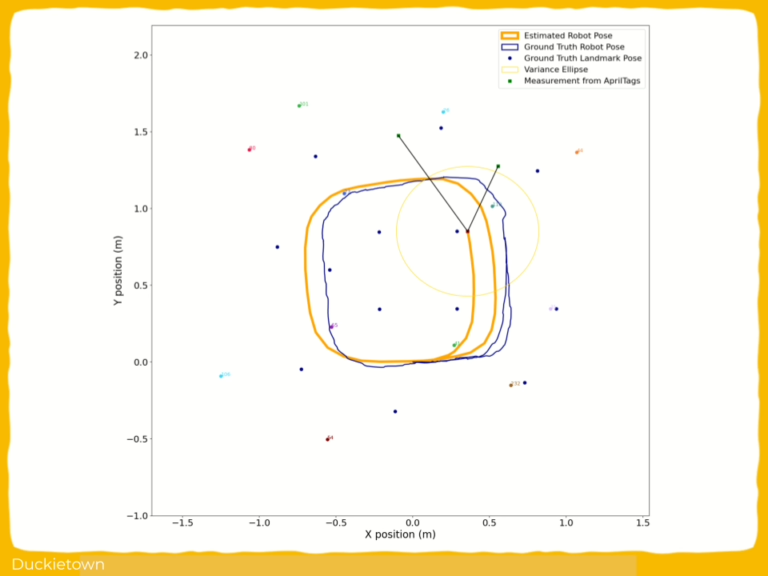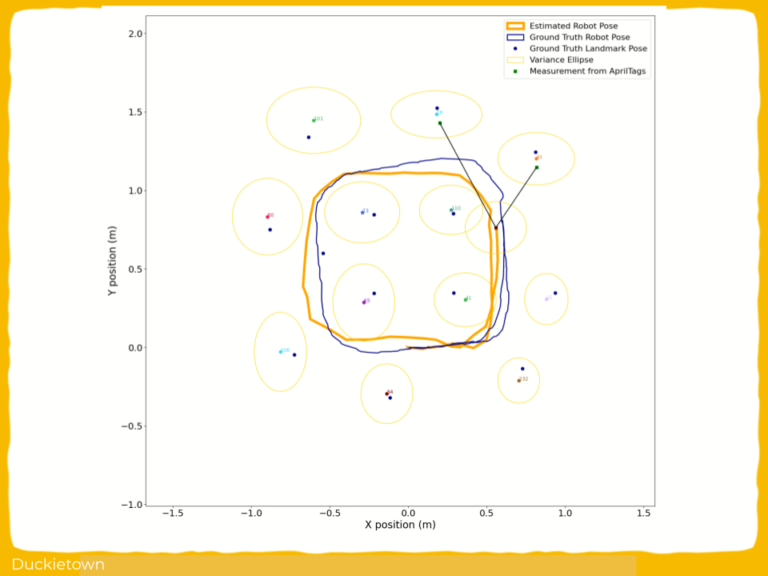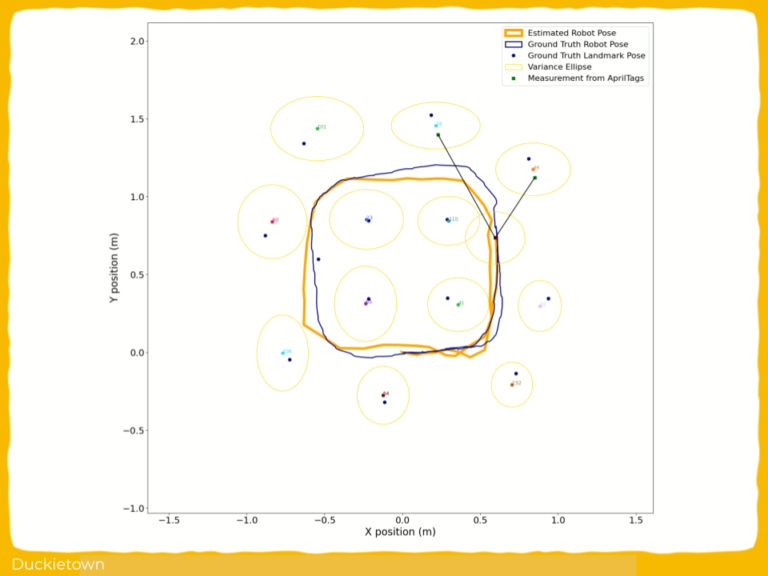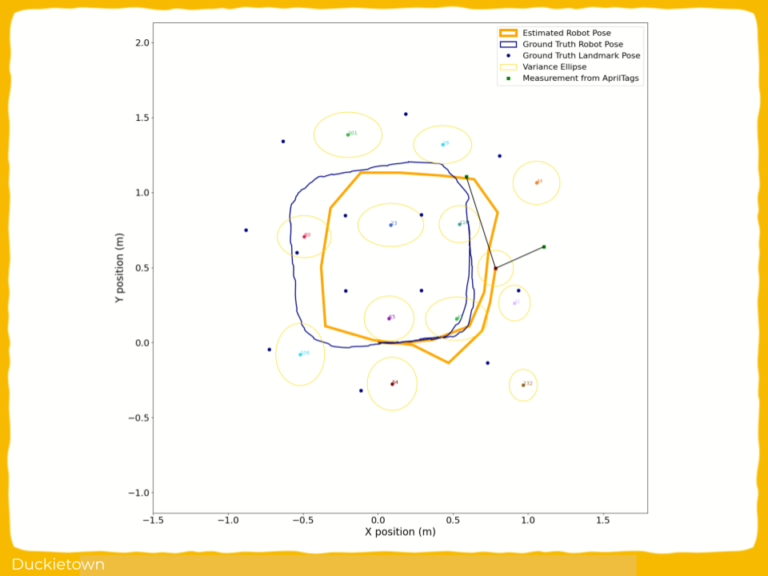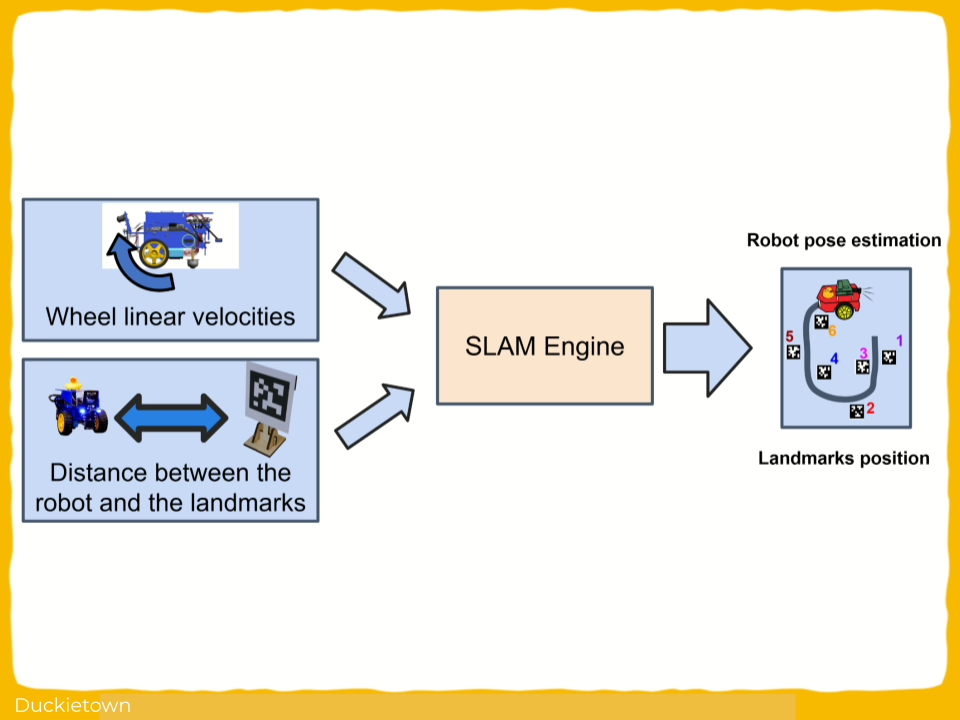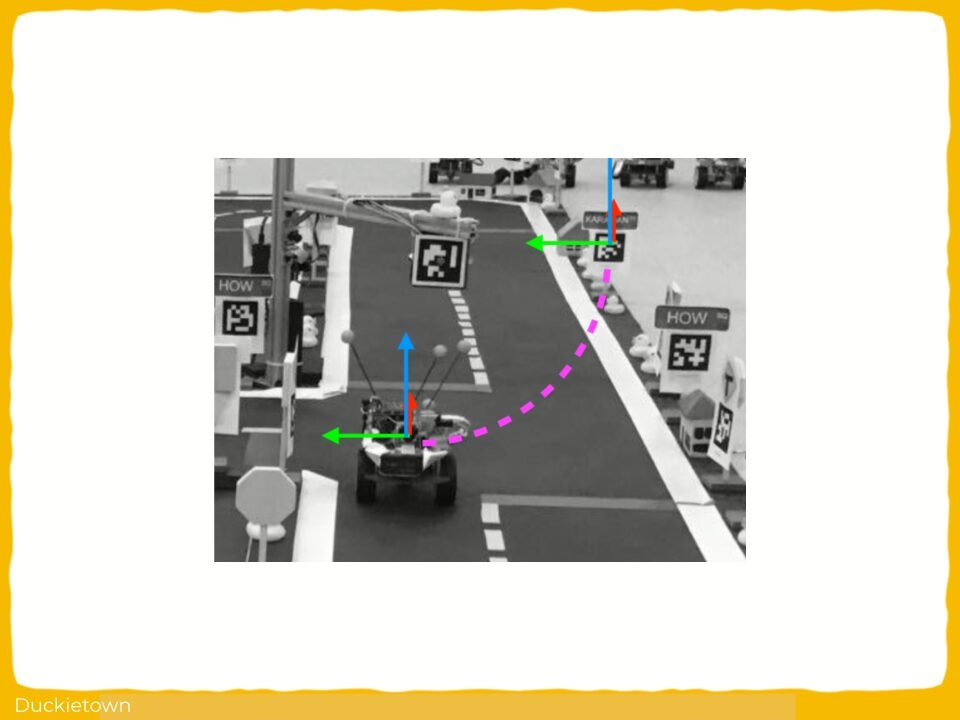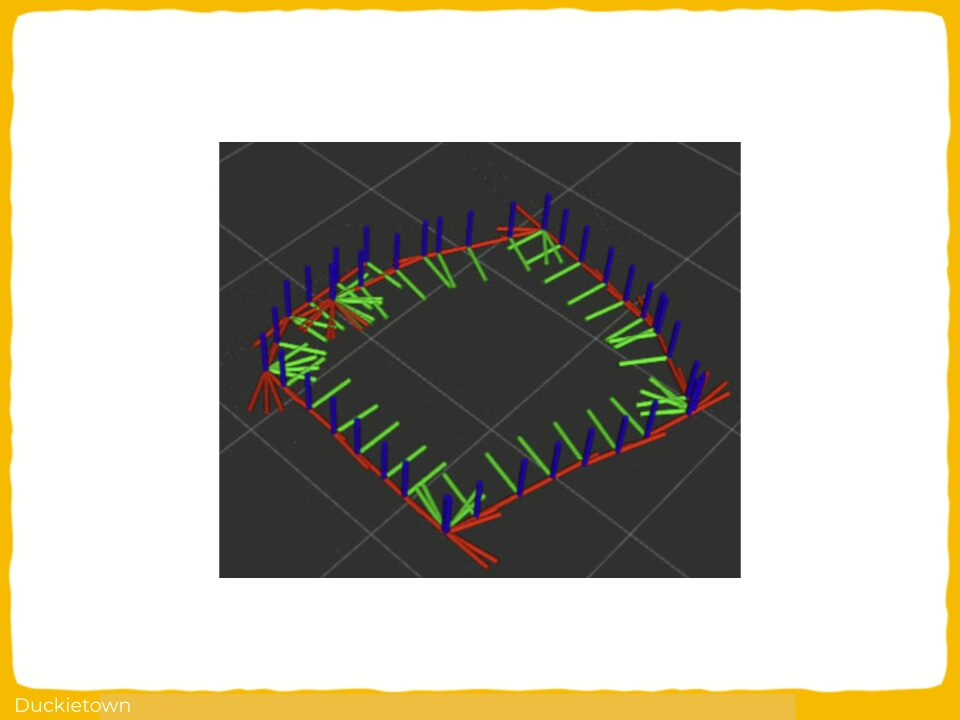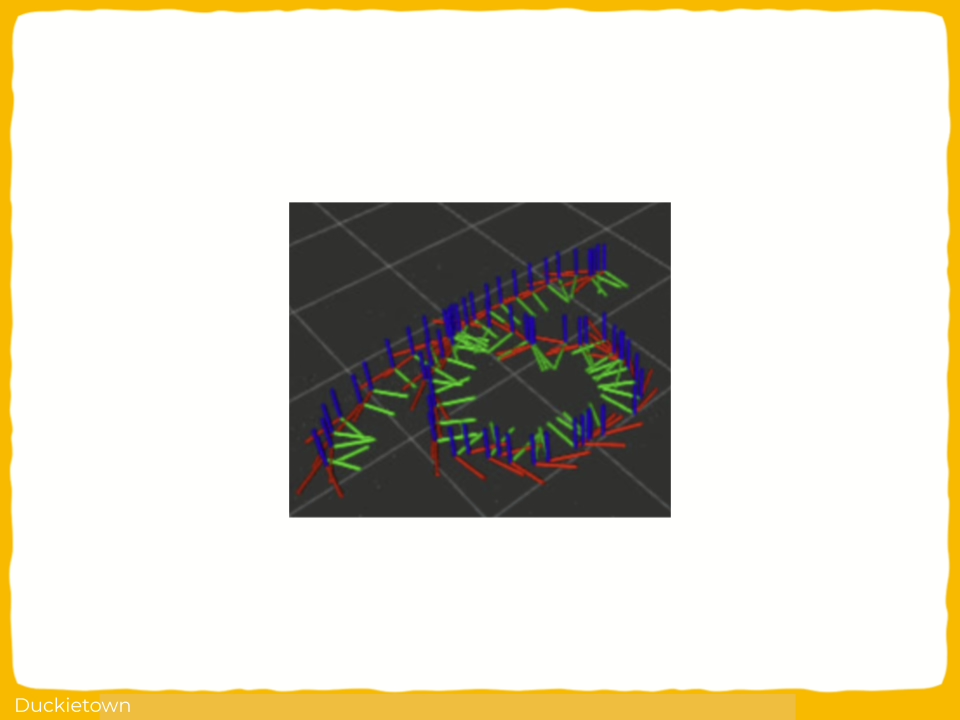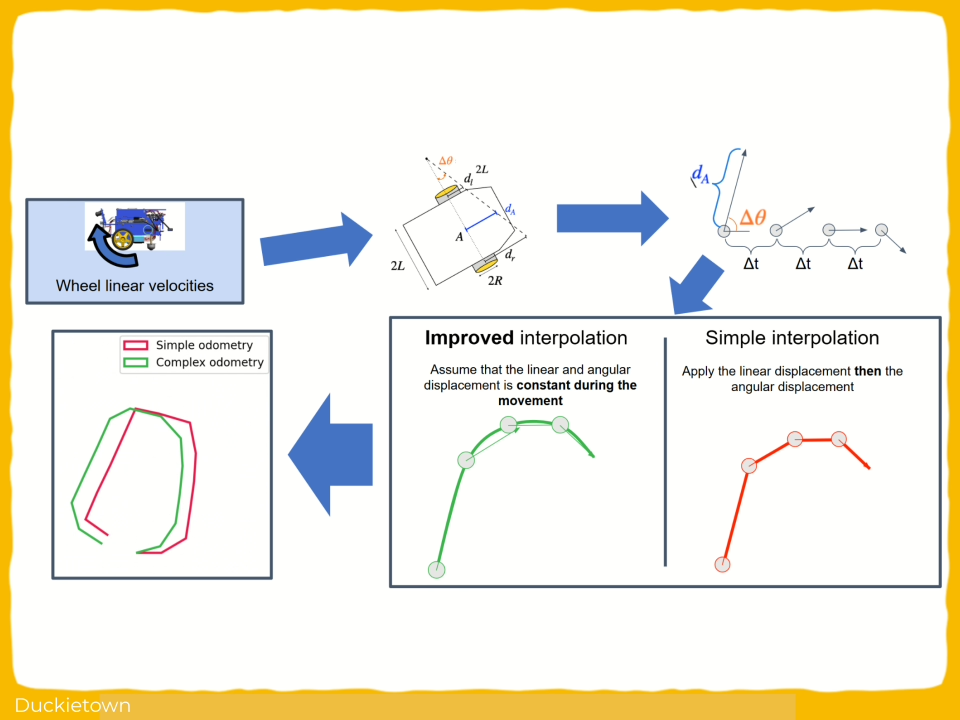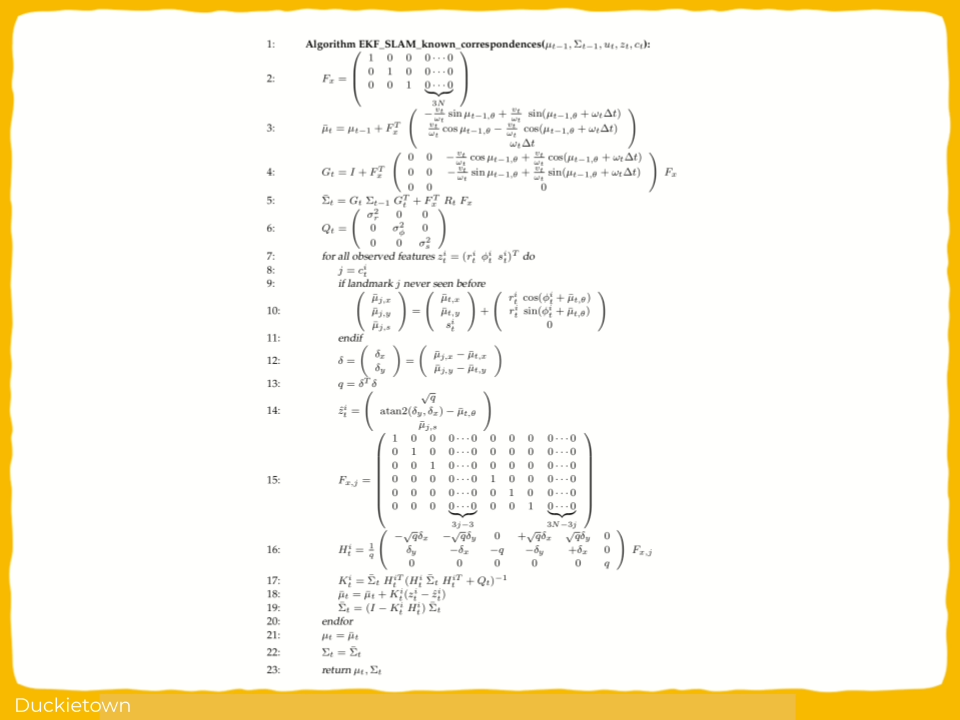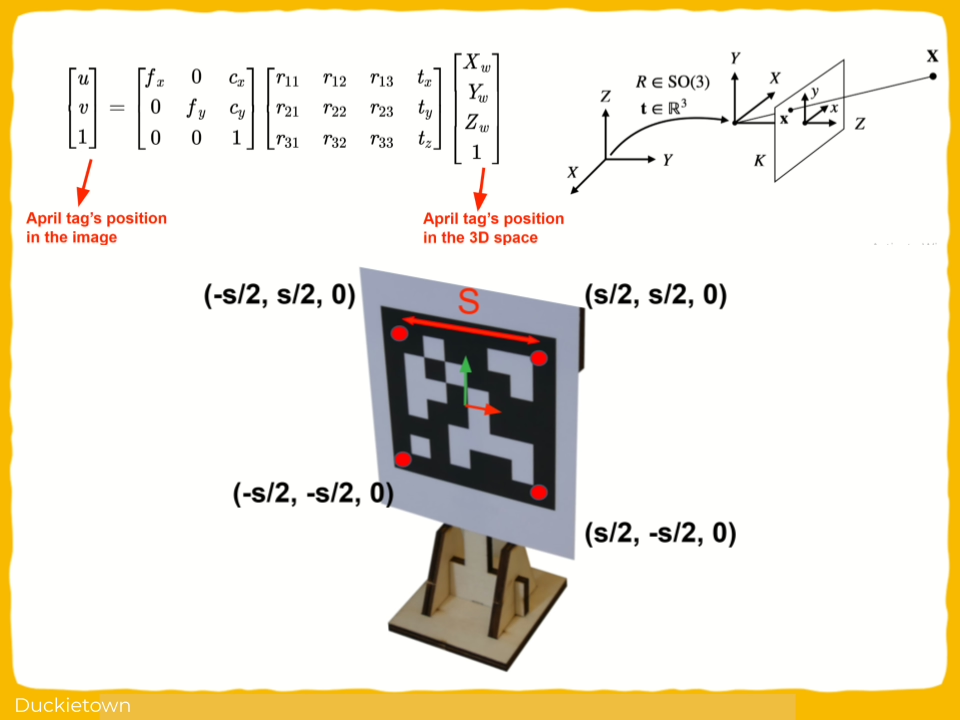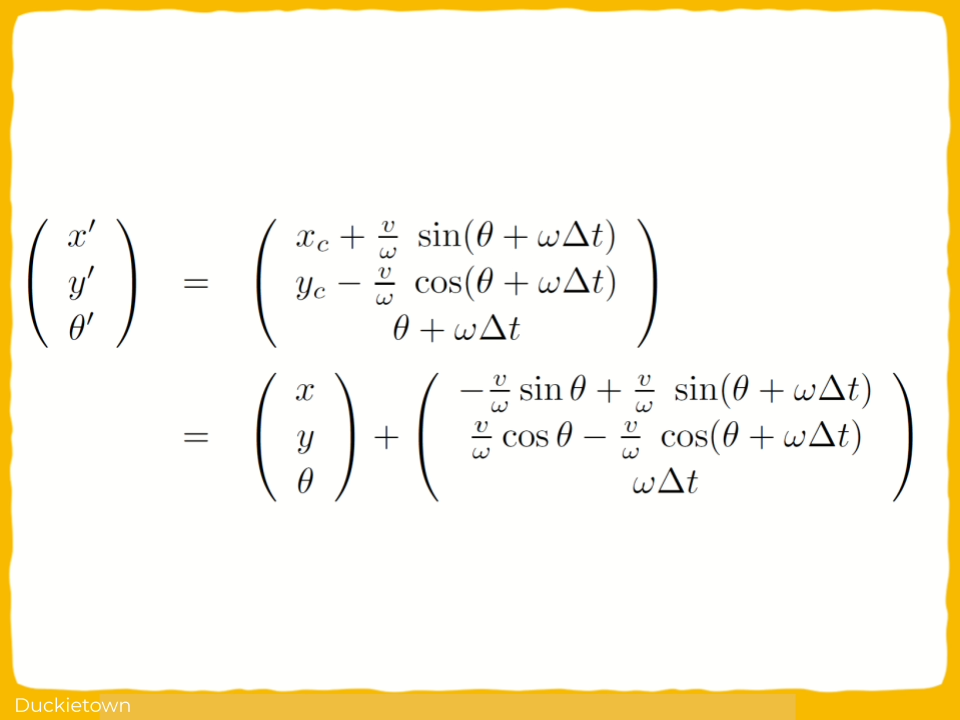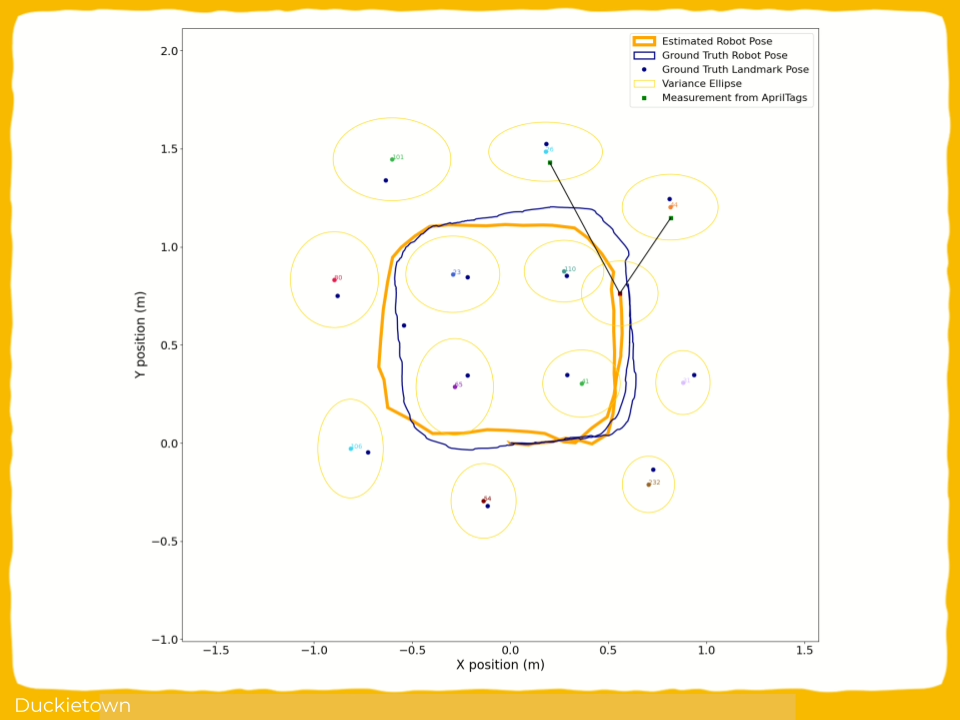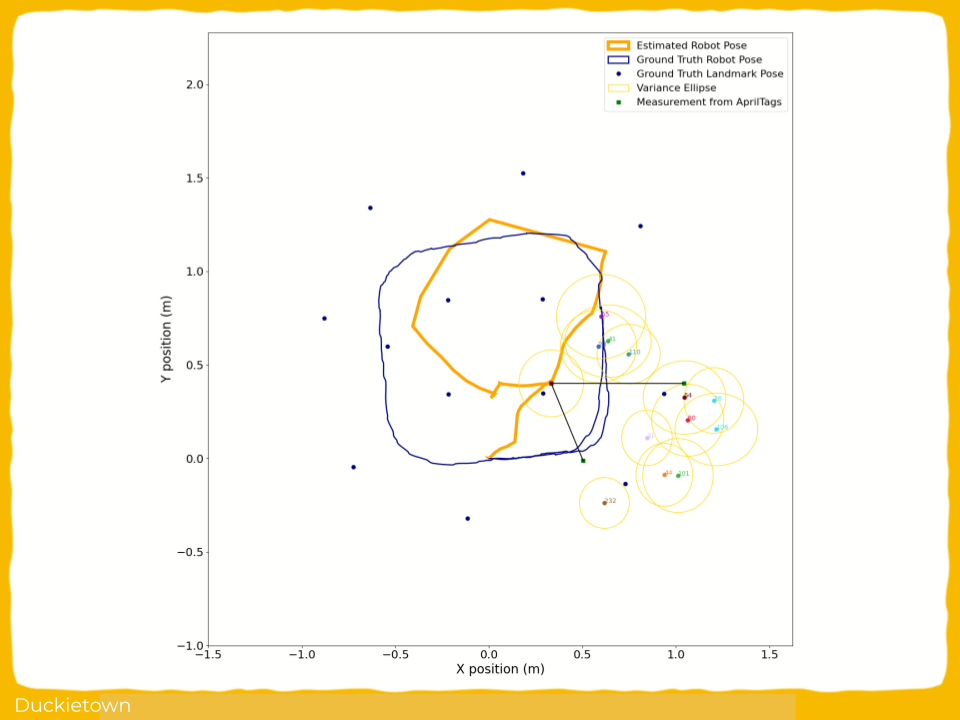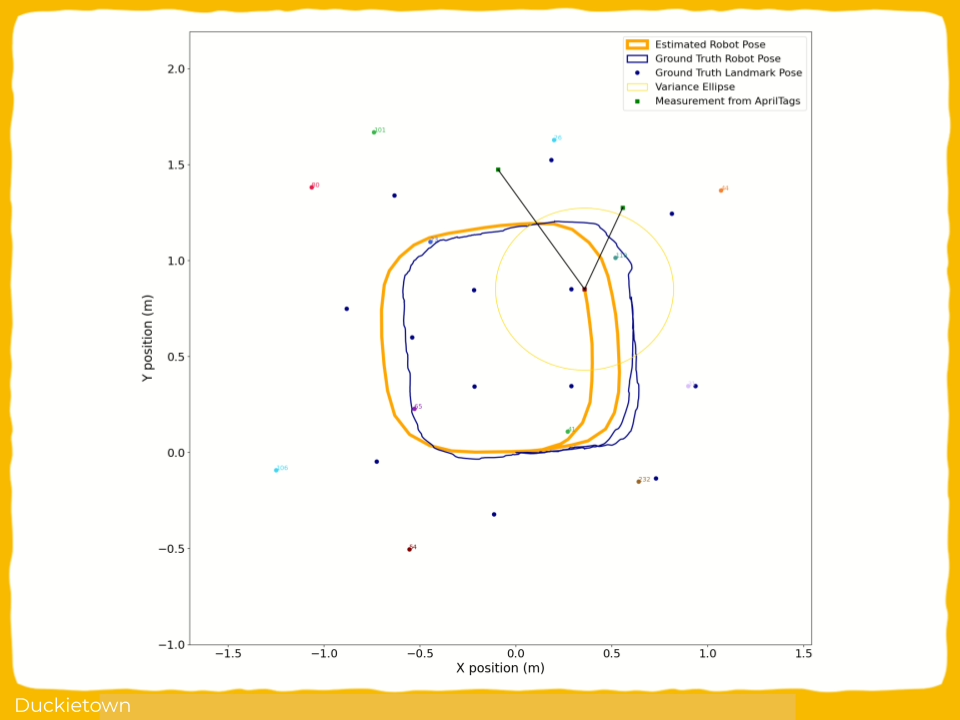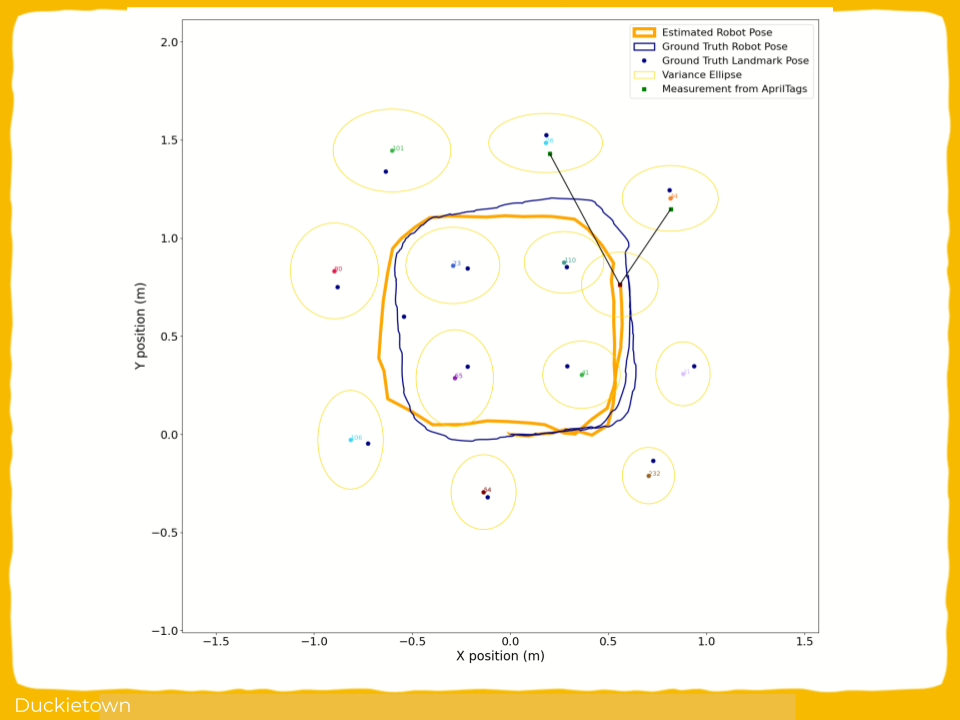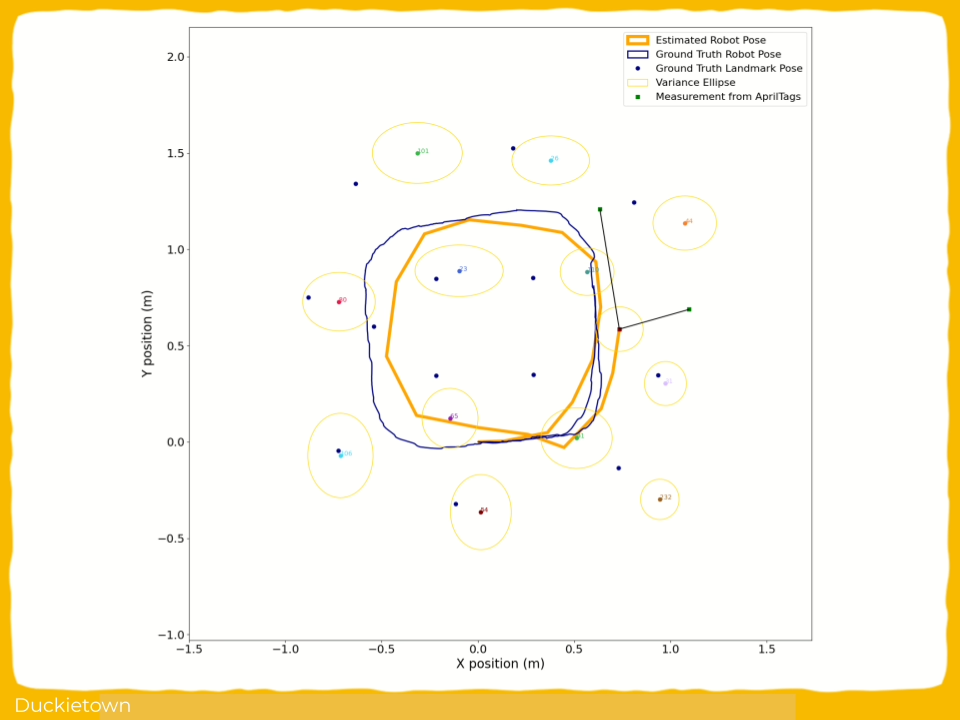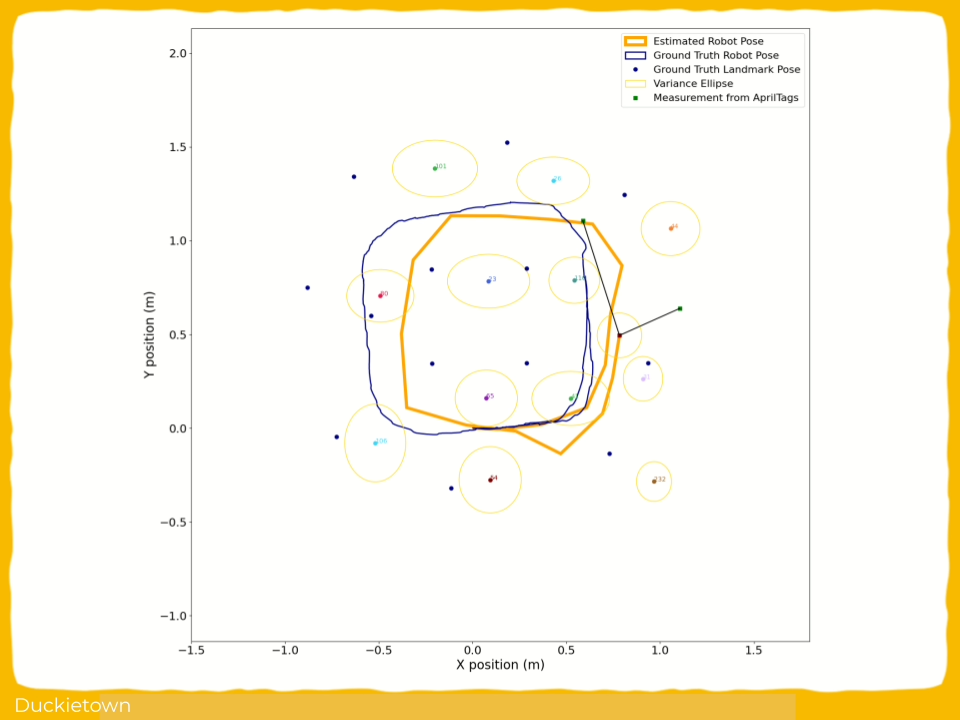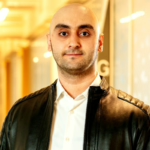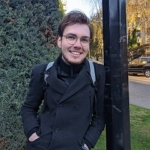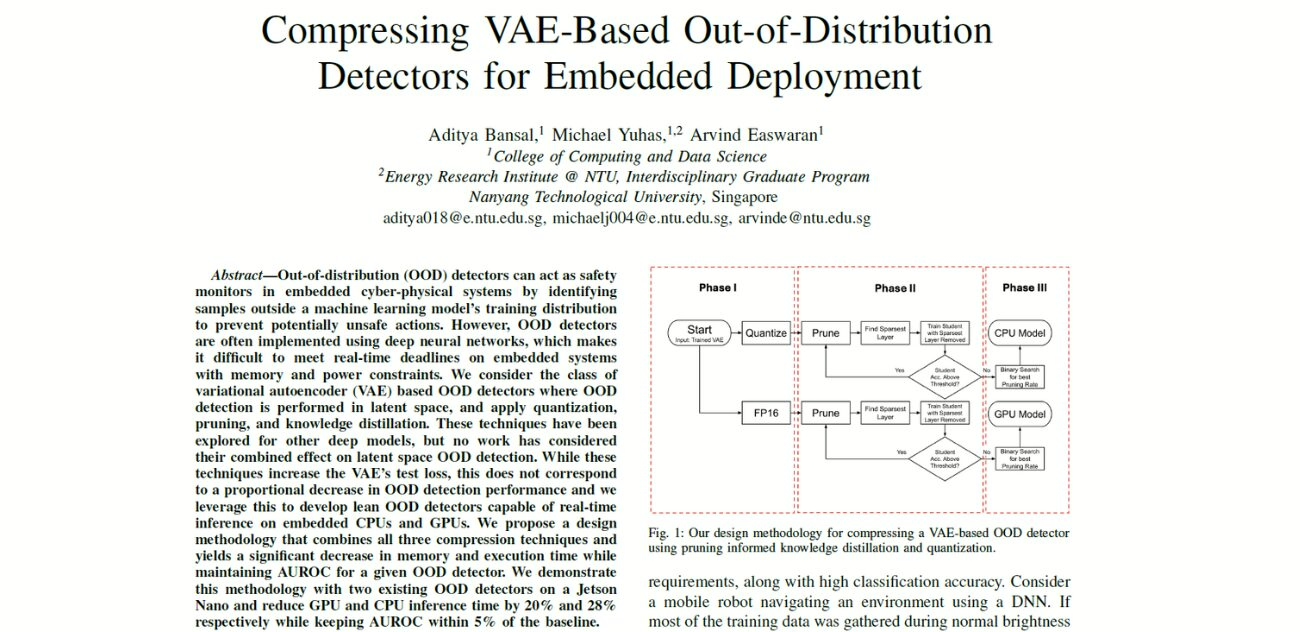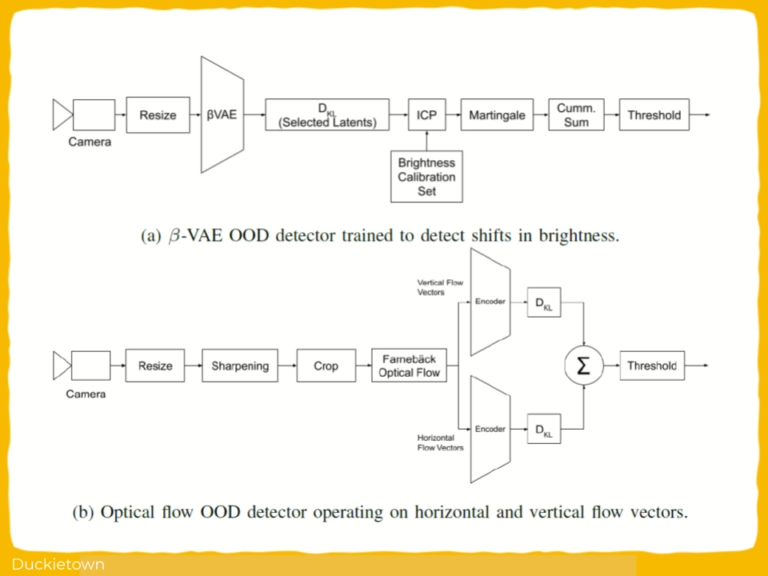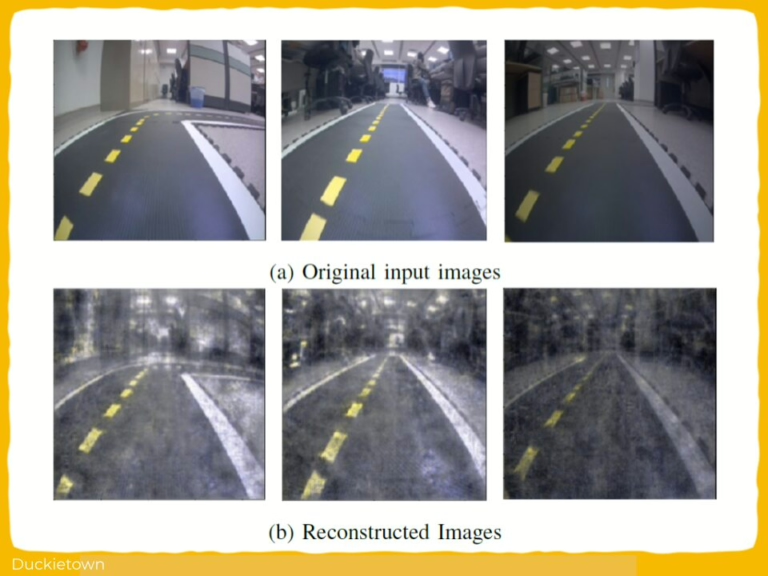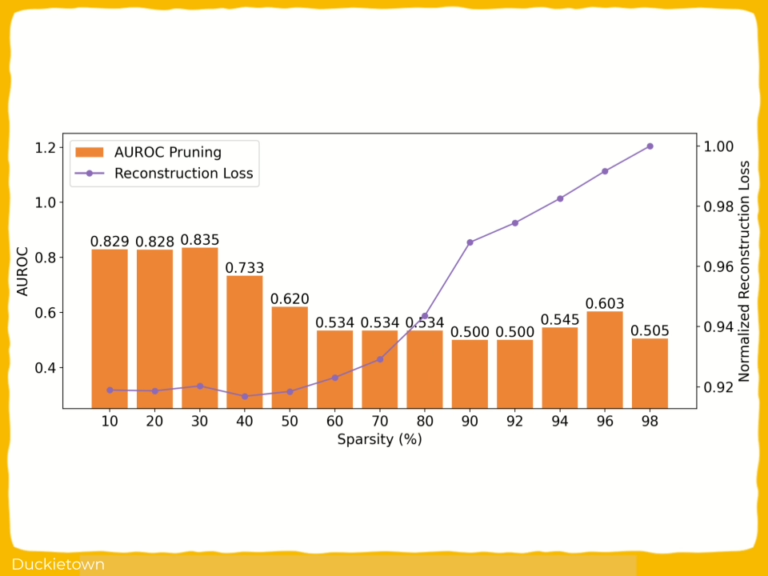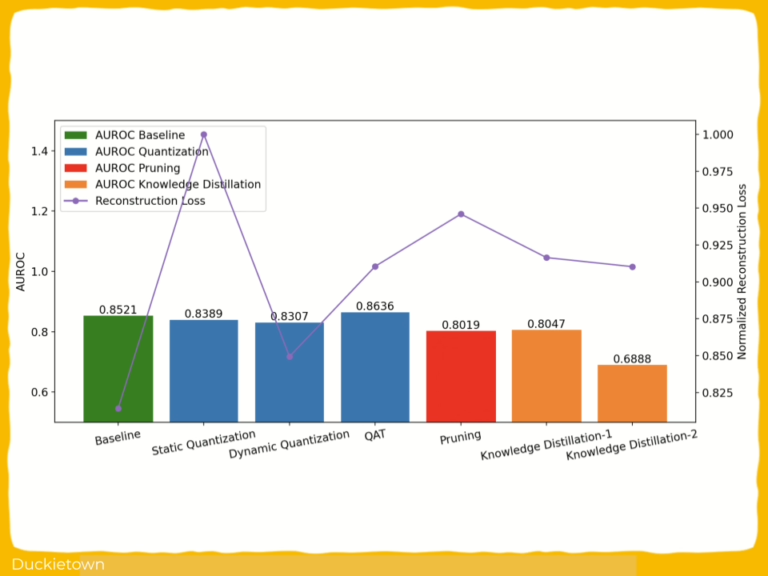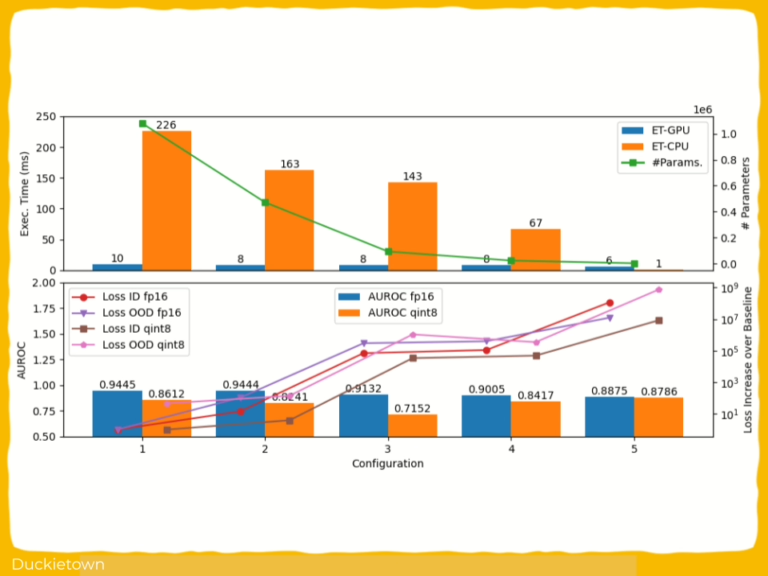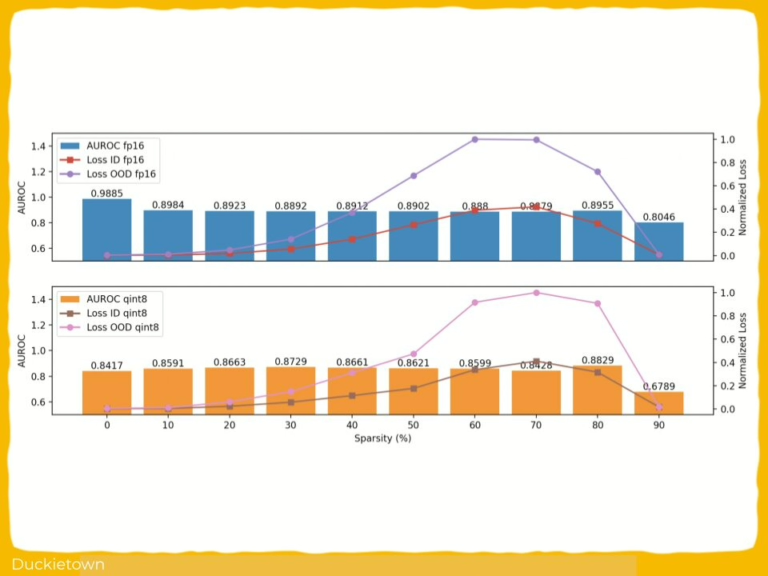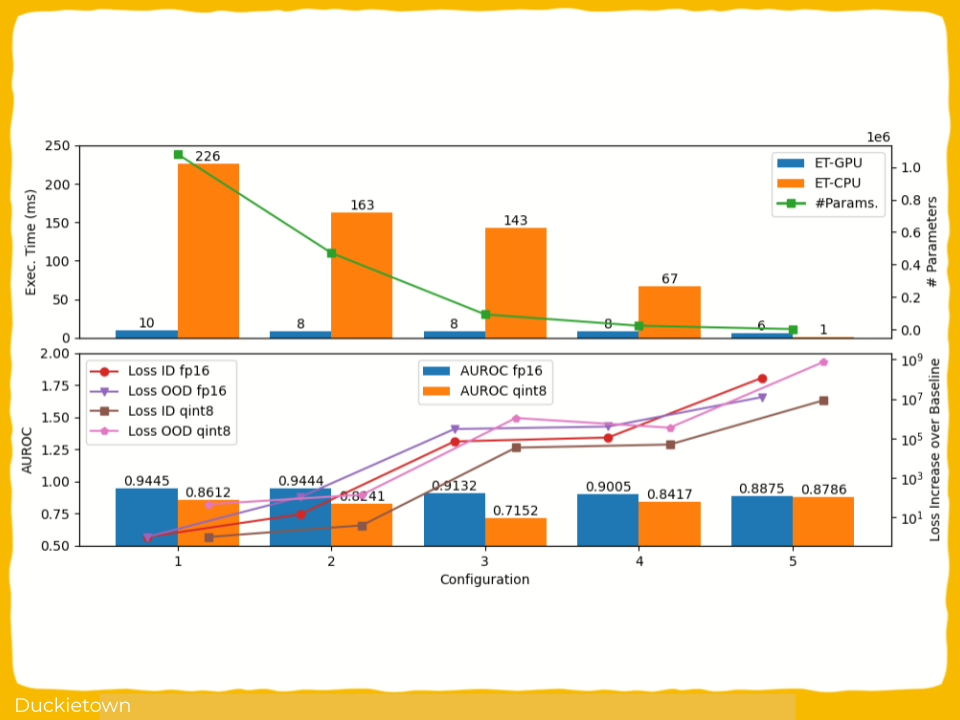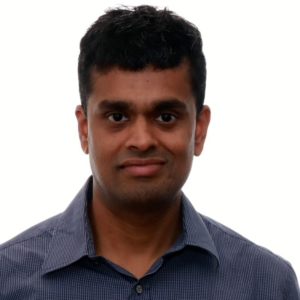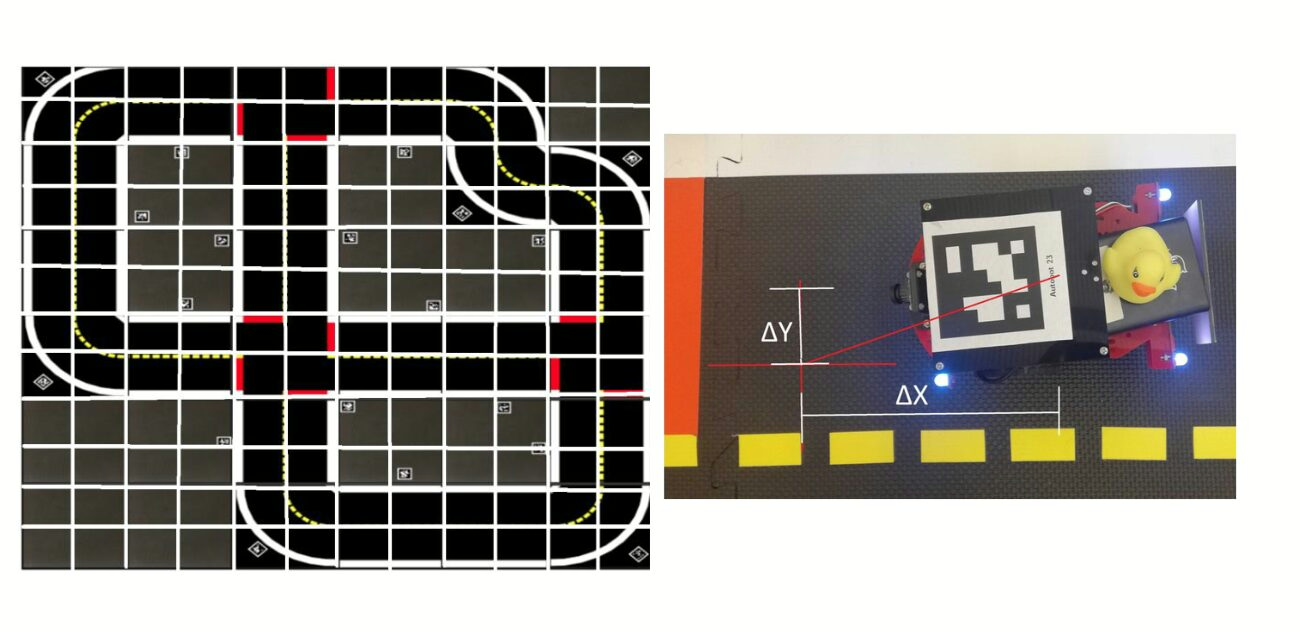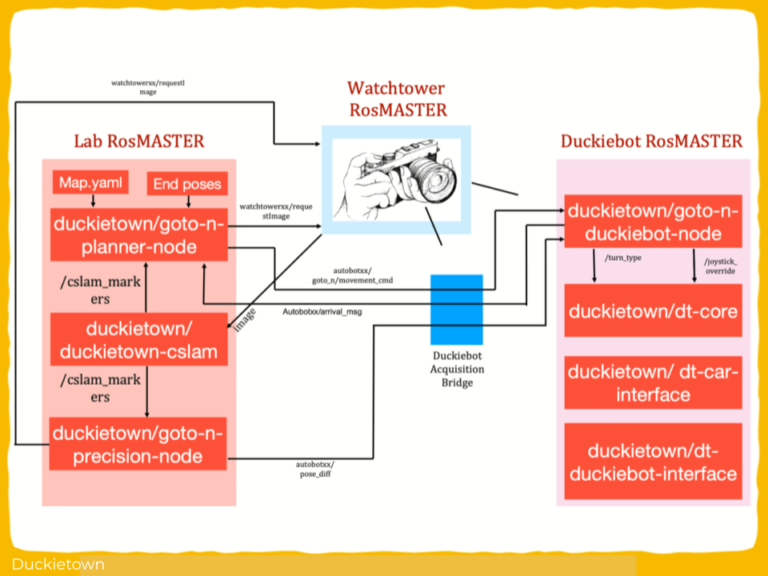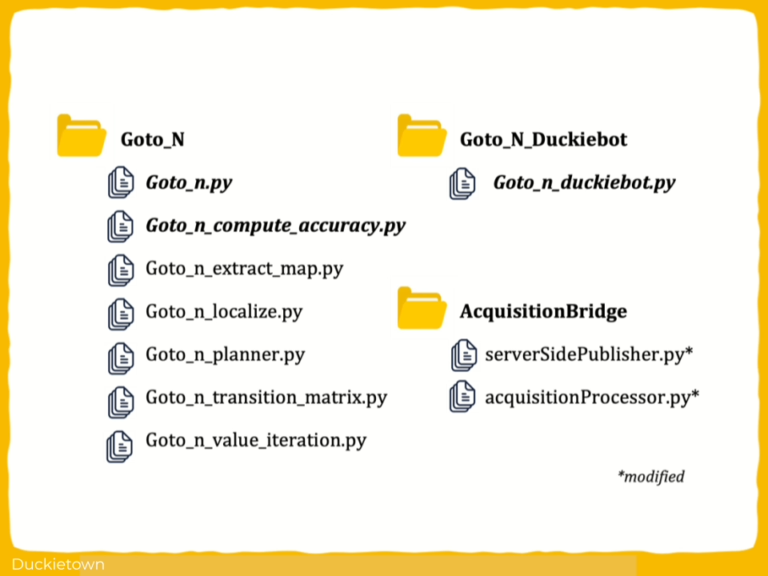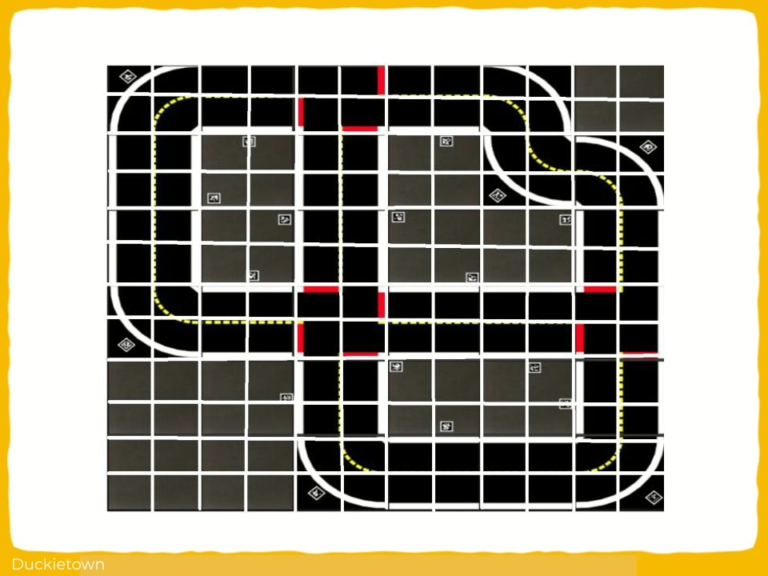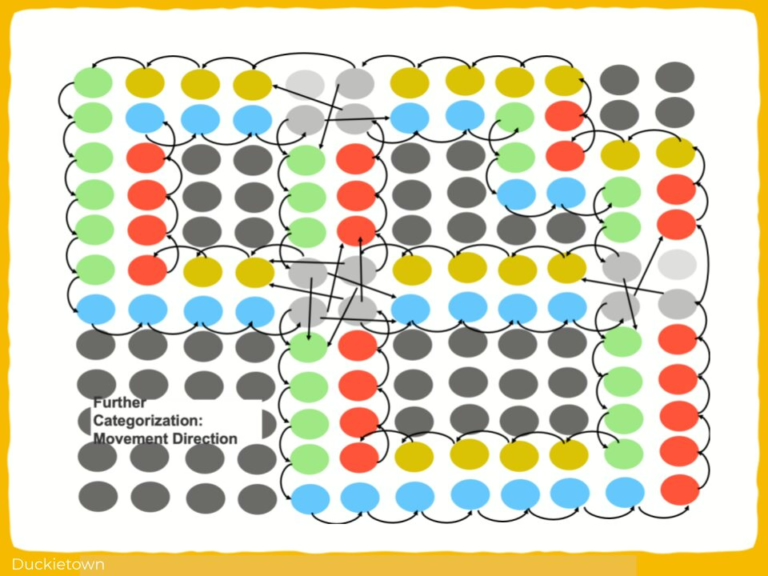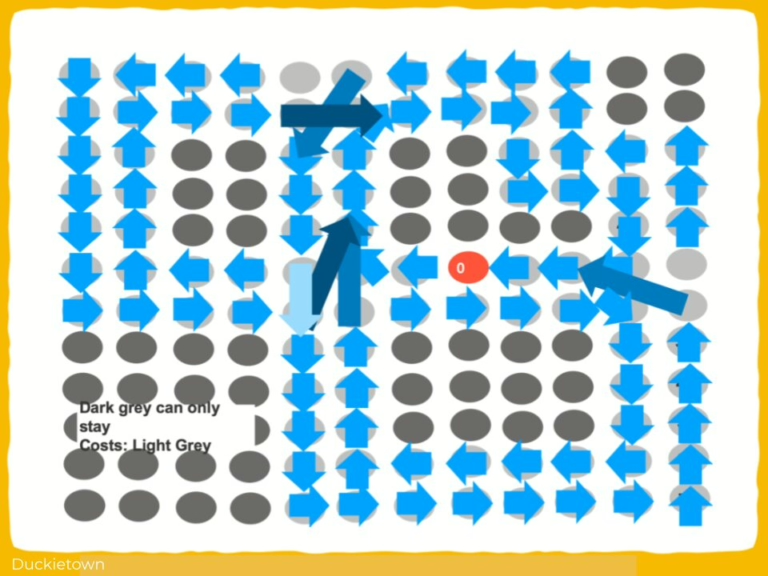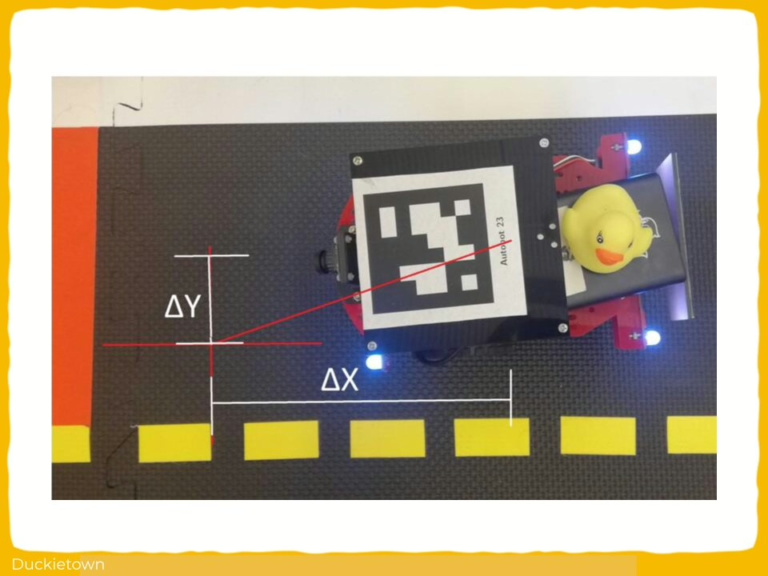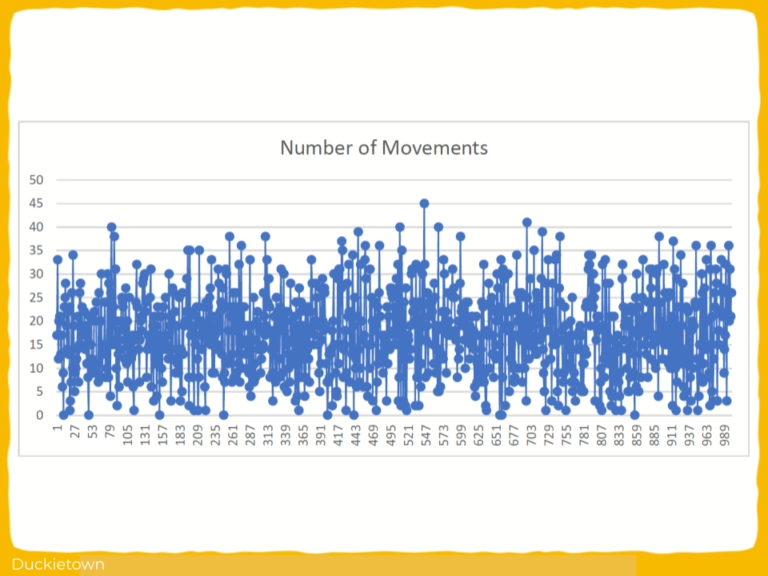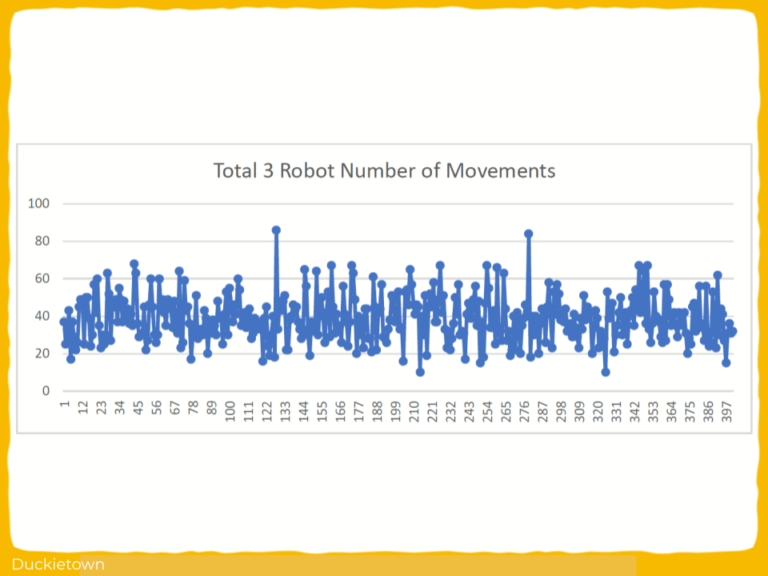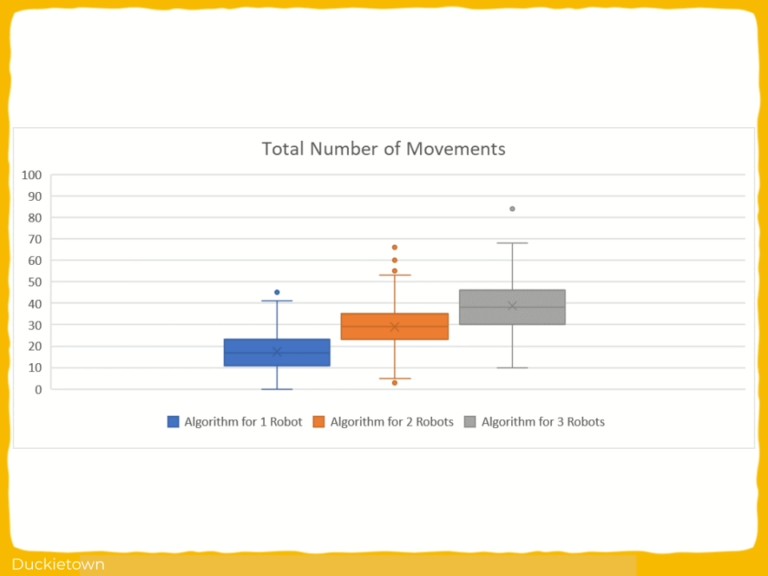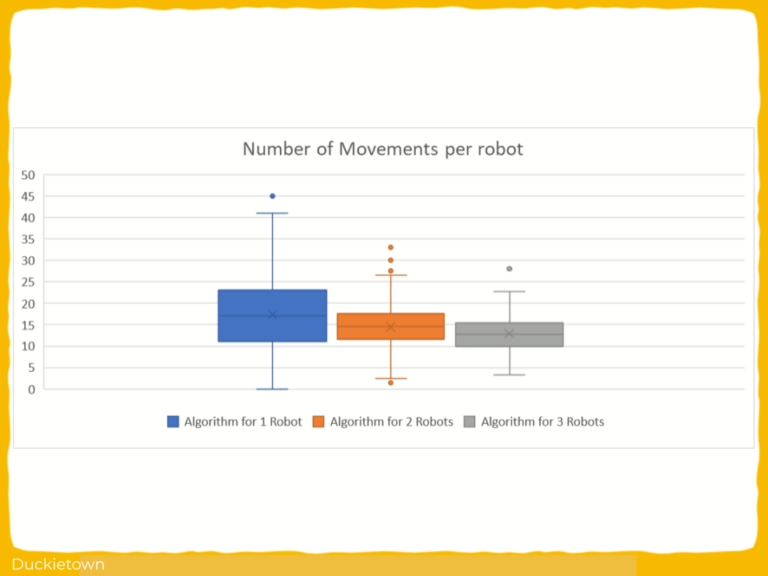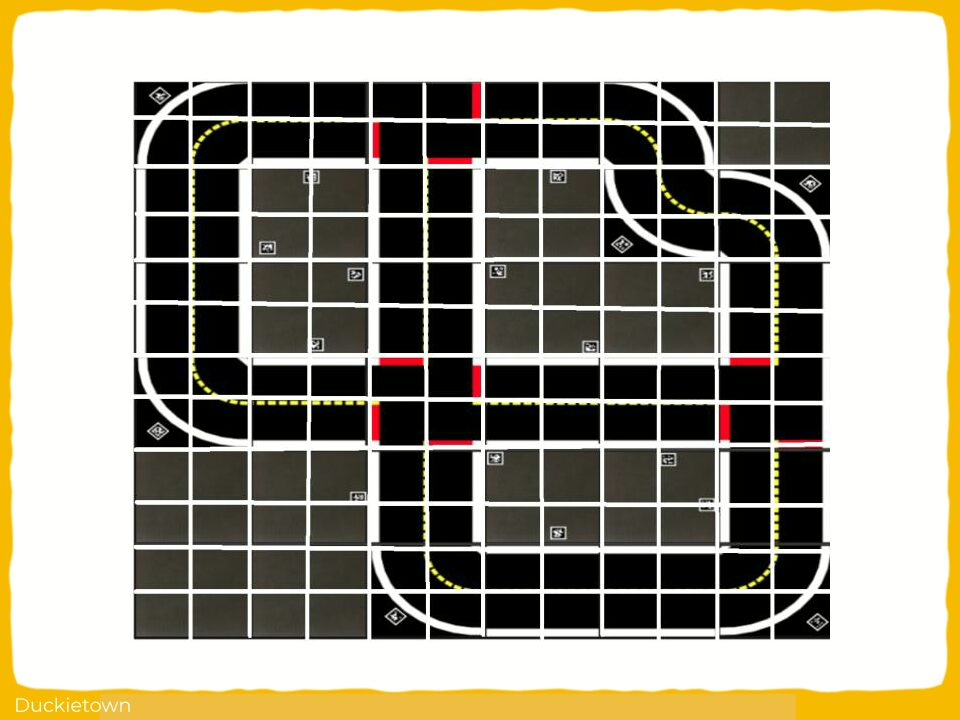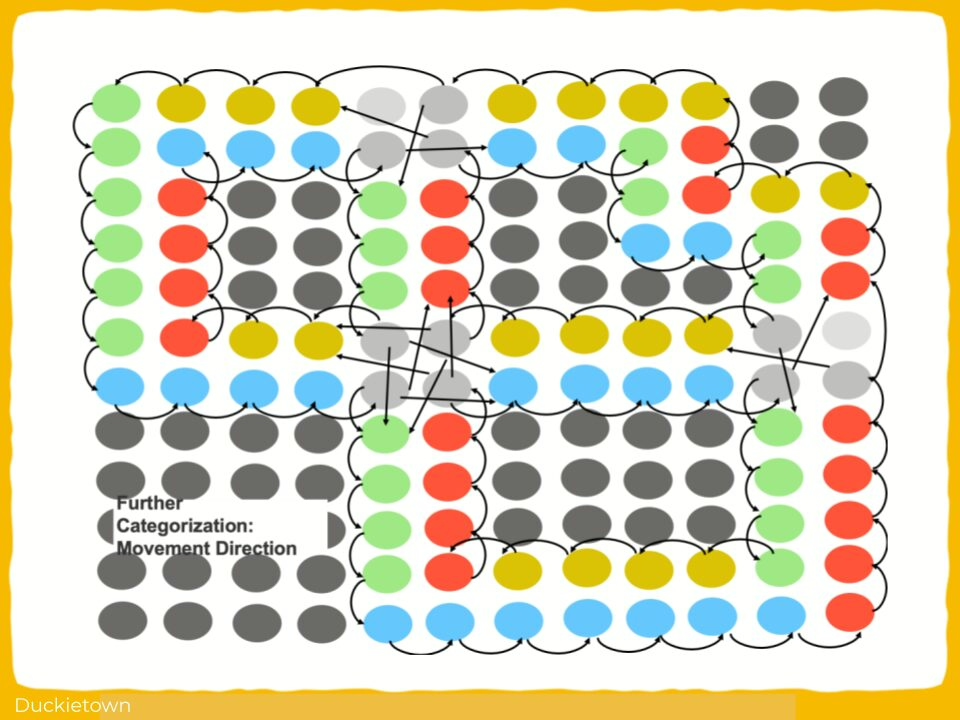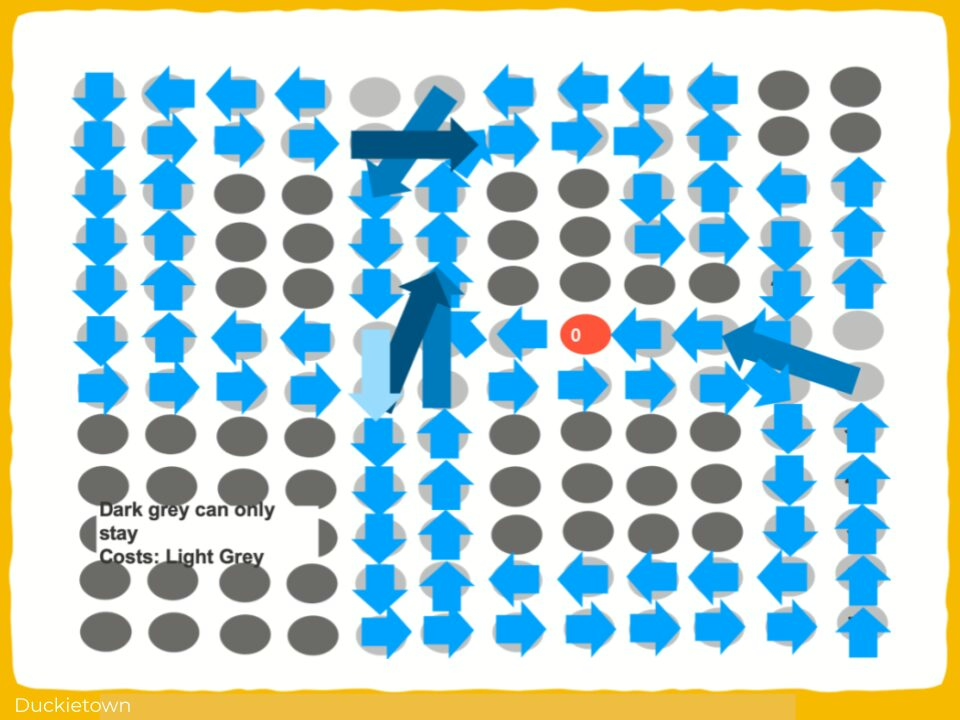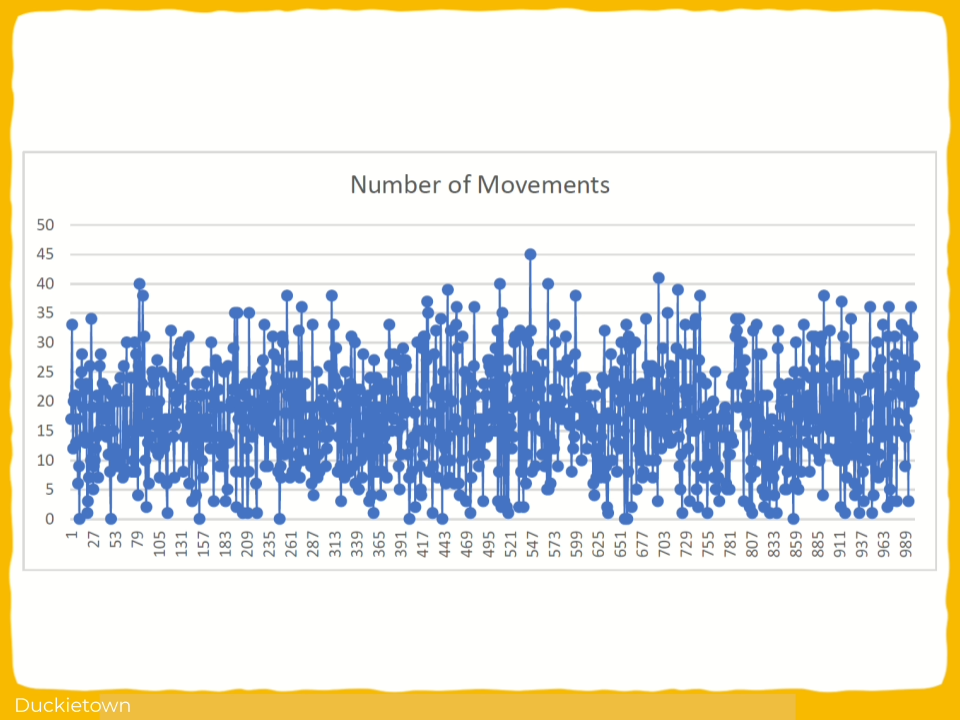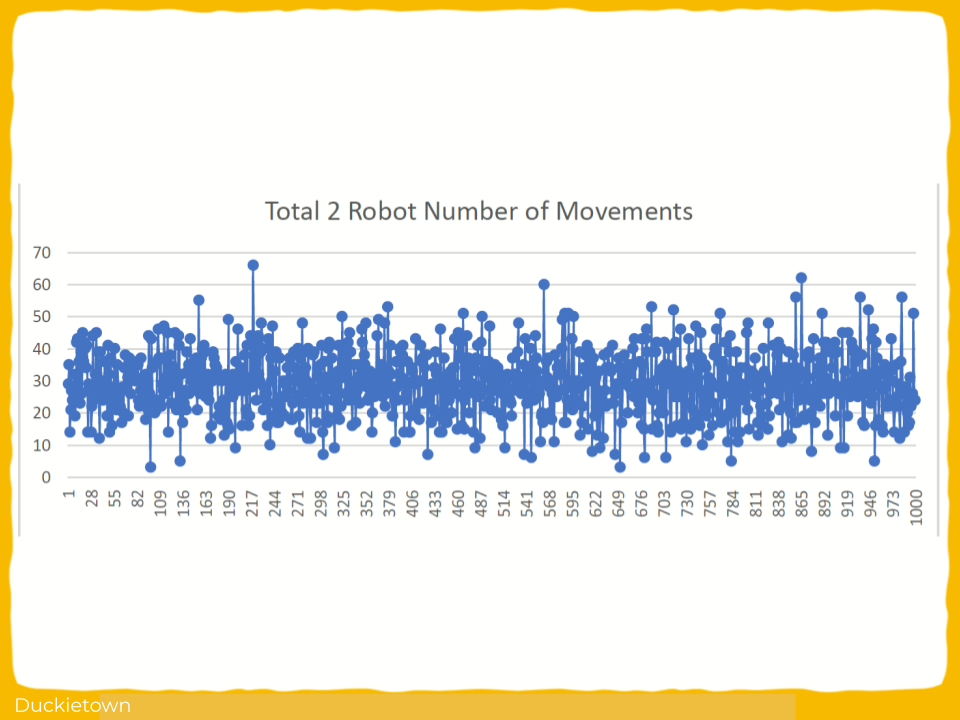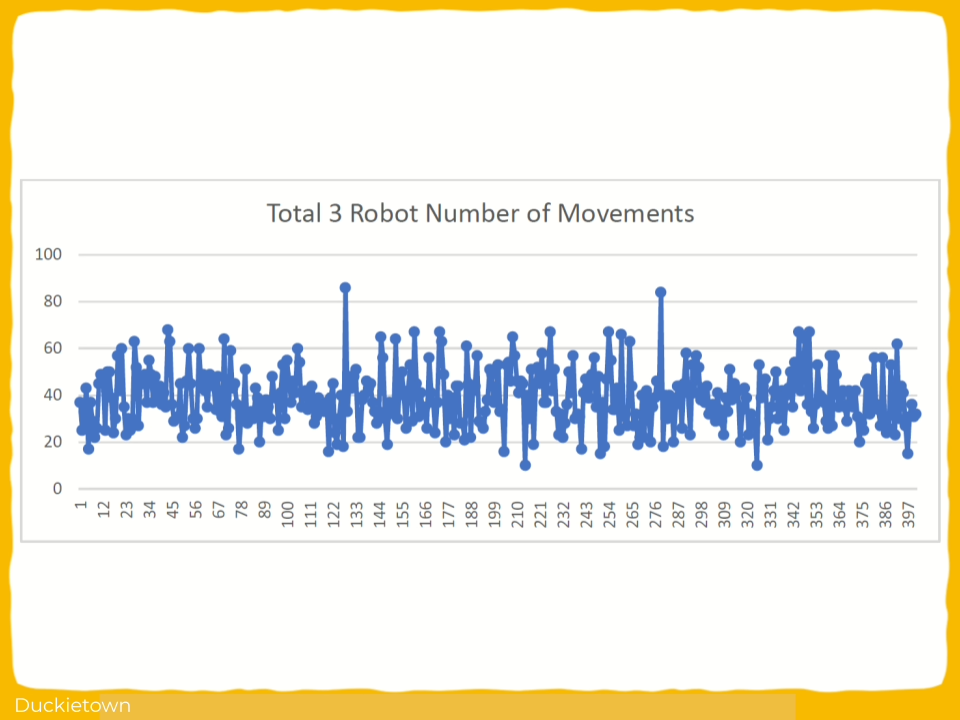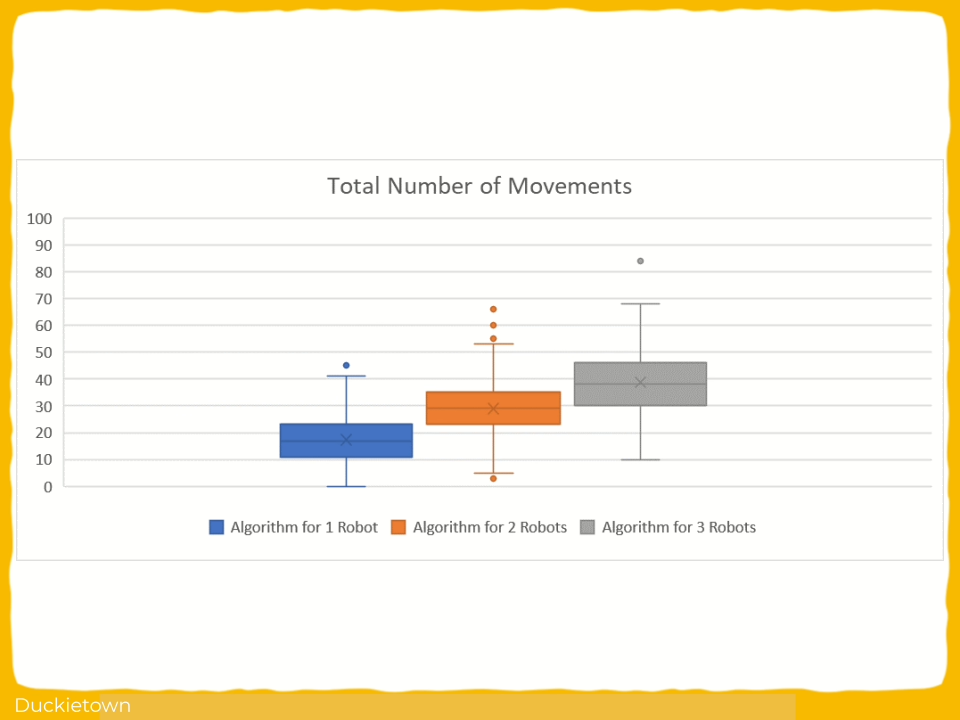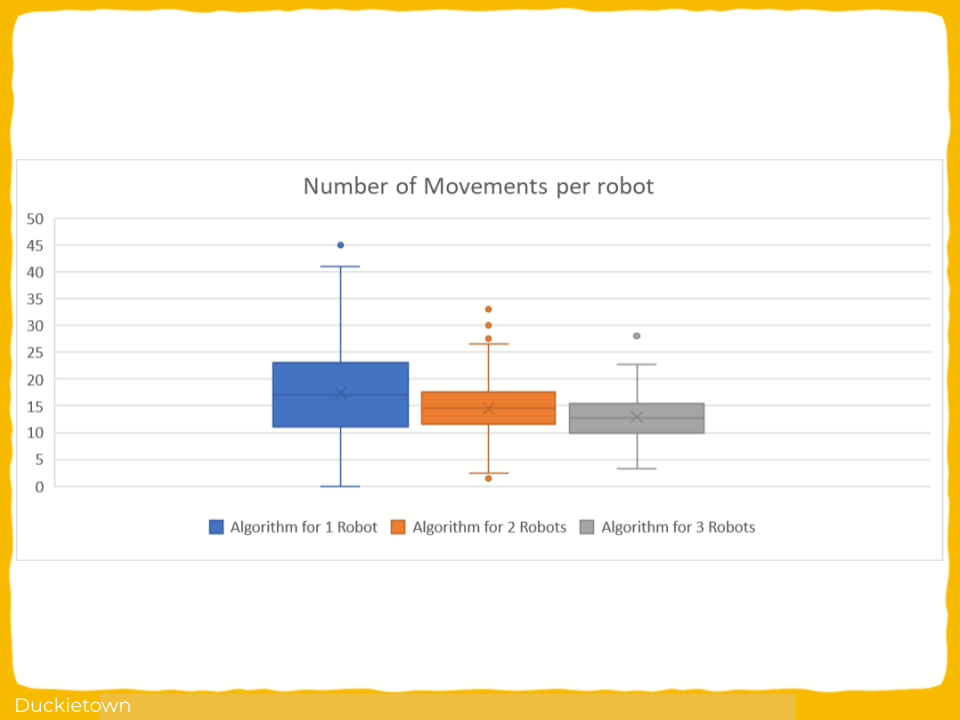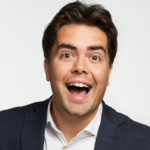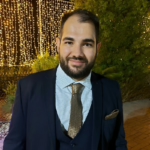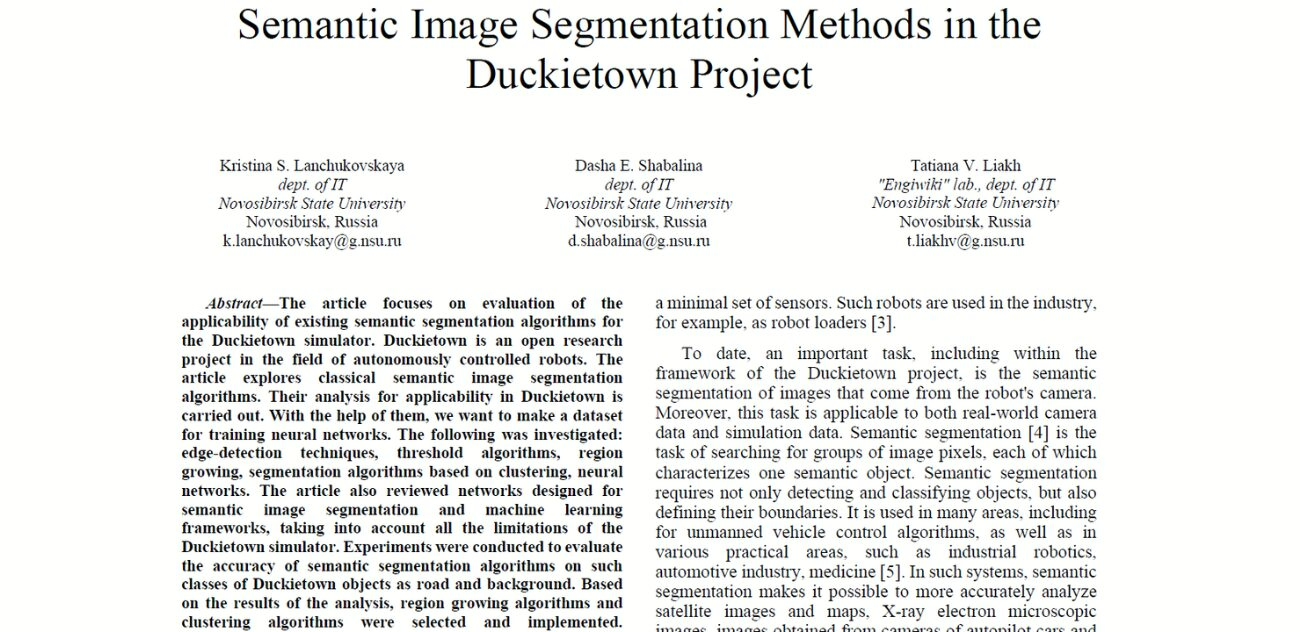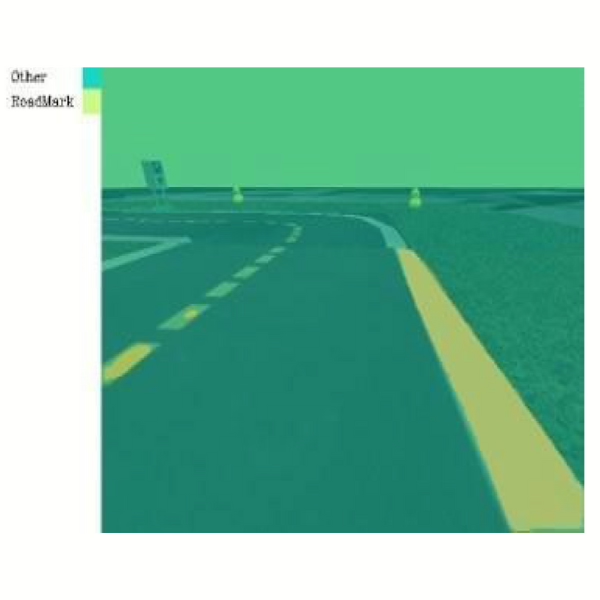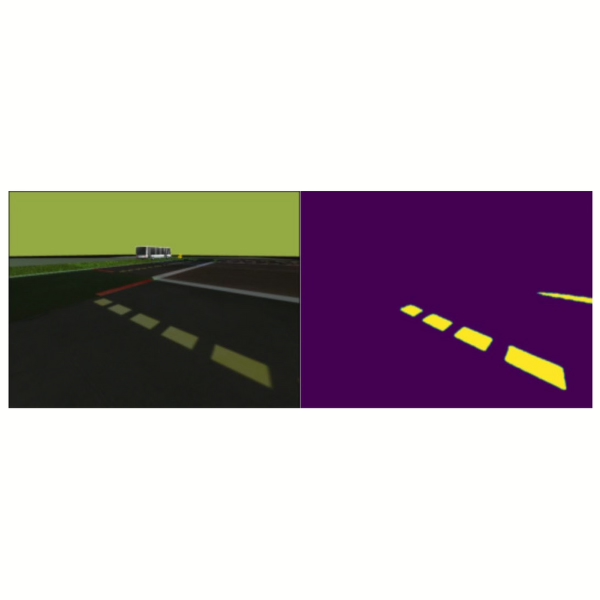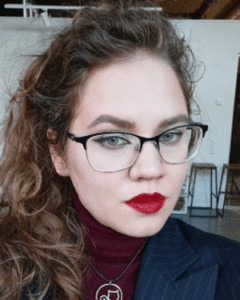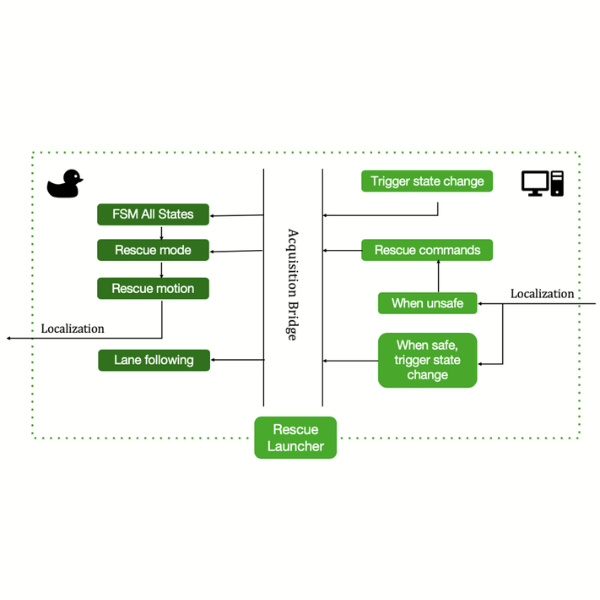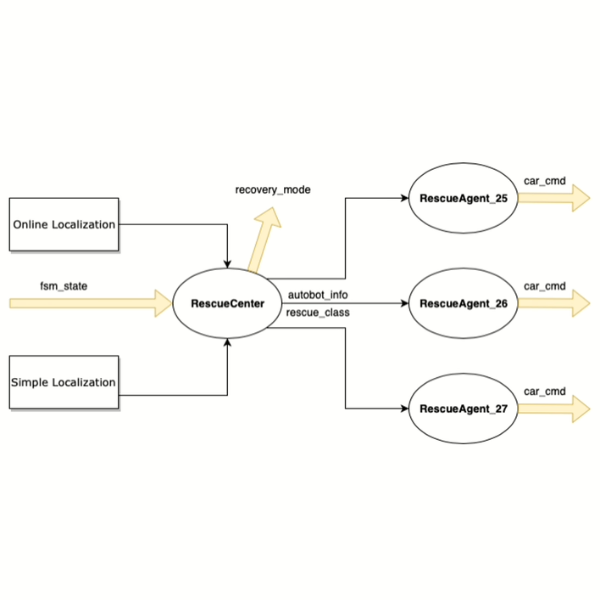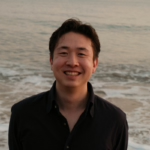General Information
- Title: Lane Following with a Duckiebot Vehicle using Visual Feedback
- Authors: Oscar Castro, Axel Céspedes, Roosevelt Ubaldo, Oscar E. Ramos
- Institution: Universidad de Ingenieria y Tecnologia - UTEC Lima, Peru
- Citation: O. Castro, A. Céspedes, R. Ubaldo and O. E. Ramos, "Lane Following with a Duckiebot Vehicle using Visual Feedback," 2019 IEEE Sciences and Humanities International Research Conference (SHIRCON), Lima, Peru, 2019, pp. 1-4, doi: 10.1109/SHIRCON48091.2019.9024875.
Visual Feedback for Autonomous Lane Tracking in Duckietown
How can vehicle autonomy be achieved by relying only on visual feedback from the onboard camera?
This work presents an implementation of lane following for the Duckietbot (DB17) using visual feedback as the only onboard sensor. The approach relies on real-time lane detection, and pose estimation, eliminating the need for wheel encoders.
The onboard computation is provided by a Raspberry Pi, which performs low-level motor control, while high-level image processing and decision-making are offloaded to an external ROS-enabled computer.
The key technical aspects of the implemented autonomy pipeline include:
- Camera calibration to correct fisheye lens distortion;
- HSV-based image segmentation for lane line detection;
- Aerial perspective transformation for geometric consistency;
- Histogram-based color separation of continuous and dashed lines;
- Piecewise polynomial fitting for path curvature estimation;
- Closed-loop motion control based on computed linear and angular velocities.
The methodology demonstrates the feasibility of using camera-based perception to control robot motion in structured environments. By using Duckiebot and Duckietown as the development platform, this work is another example of how to bridge the gap between real-world testing and cost-effective prototyping, making vehicle autonomy research more accessible in educational and research contexts.
Highlights - visual feedback for lane tracking in Duckietown
Here is a visual tour of the implementation of vehicle autonomy by the authors. For all the details, check out the full paper.


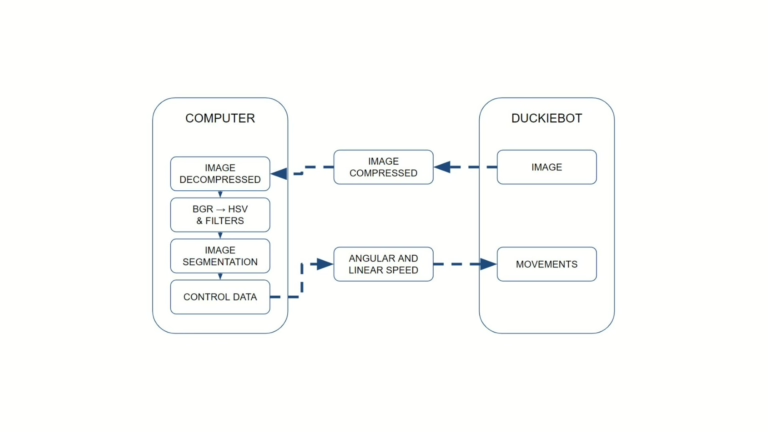
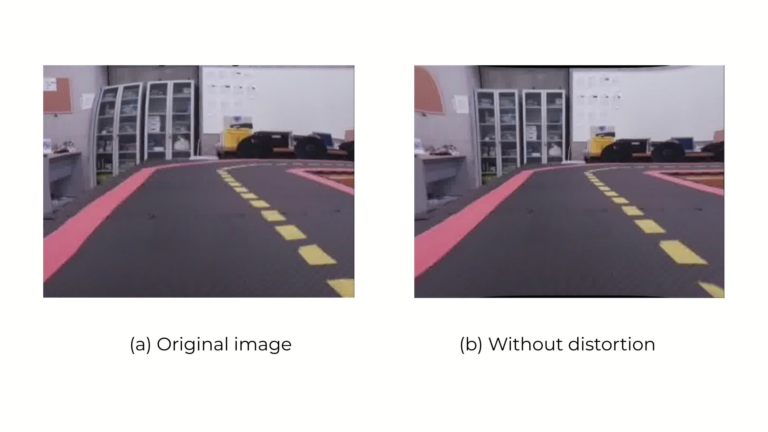
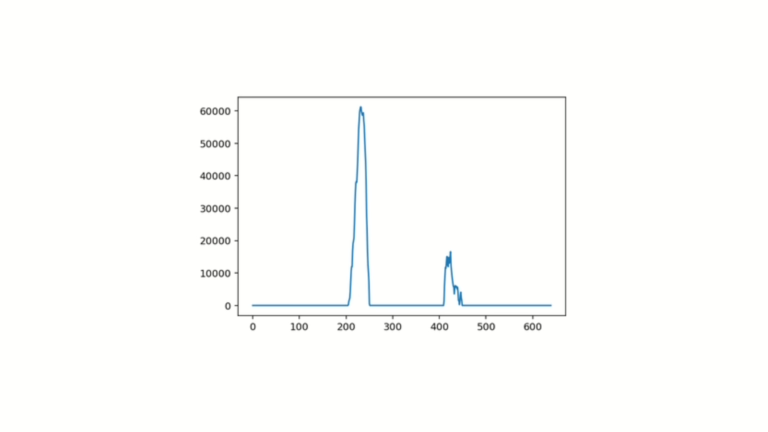
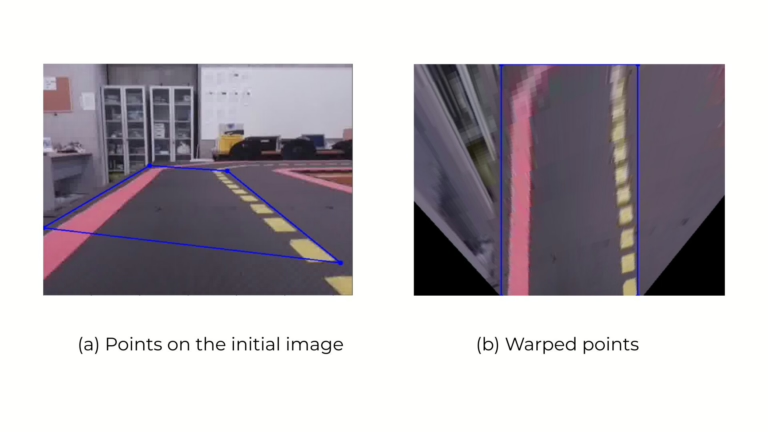
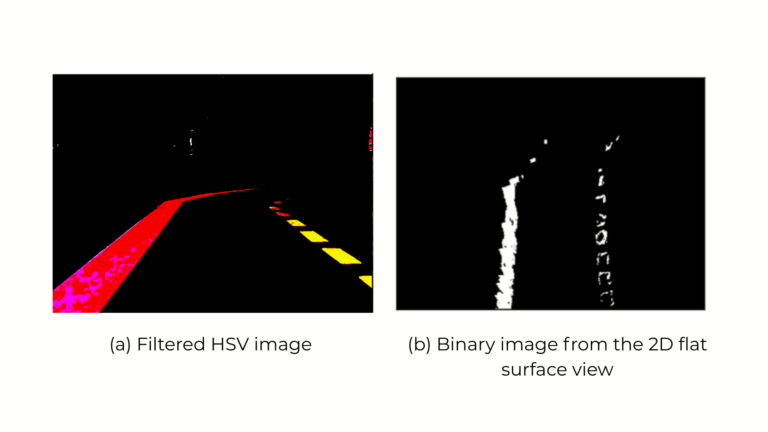


Abstract
Here is the abstract of the work, directly in the words of the authors:
The autonomy of a vehicle can be achieved by a proper use of the information acquired with the sensors. Real-sized autonomous vehicles are expensive to acquire and to test on; however, the main algorithms that are used in those cases are similar to the ones that can be used for smaller prototypes. Due to these budget constraints, this work uses the Duckiebot as a testbed to try different algorithms as a first step to achieve full autonomy. This paper presents a methodology to properly use visual feedback, with the information of the robot camera, in order to detect the lane of a circuit and to drive the robot accordingly.
Conclusion - visual feedback for lane tracking in Duckietown
Here is the conclusion according to the authors of this paper:
Autonomous cars are currently a vast research area. Due to this increase in the interest of these vehicles, having a costeffective way to implement algorithms, new applications, and to test them in a controlled environment will further help to develop this technology. In this sense, this paper has presented a methodology for following a lane using a cost-effective robot, called the Duckiebot, using visual feedback as a guide for the motion. Although the whole system was capable of detecting the lane that needs to be followed, it is still sensitive to illumination conditions. Therefore, in places with a lot of lighting and brightness variations, the lane recognition algorithm can affect the autonomy of the vehicle.
As future work, machine learning, and particularly convolutional neural networks, is devised as a means to develop robust lane detectors that are not sensitive to brightness variation. Moreover, more than one Duckiebot is intended to drive simultaneously in the Duckietown.
Did this work spark your curiosity?
Check out the following works on vehicle autonomy with Duckietown:
Project Authors
Oscar Castro is currently working at Blume, Peru.
Axel Eliam Céspedes Duran is currently working as a Laboratory Professor of the Industrial Instrumentation course at the UTEC – Universidad de Ingeniería y Tecnología, Peru.
Roosevelt Jhans Ubaldo Chavez is currently working as a Laboratory Professor of the Industrial Instrumentation course at the UTEC – Universidad de Ingeniería y Tecnología, Peru.
Oscar E. Ramos is currently working toward the Ph.D. degree in robotics with the Laboratory for Analysis and Architecture of Systems, Centre National de la Recherche Scientifique, University of Toulouse, Toulouse, France.
Learn more
Duckietown is a platform for creating and disseminating robotics and AI learning experiences.
It is modular, customizable and state-of-the-art, and designed to teach, learn, and do research. From exploring the fundamentals of computer science and automation to pushing the boundaries of knowledge, Duckietown evolves with the skills of the user.


